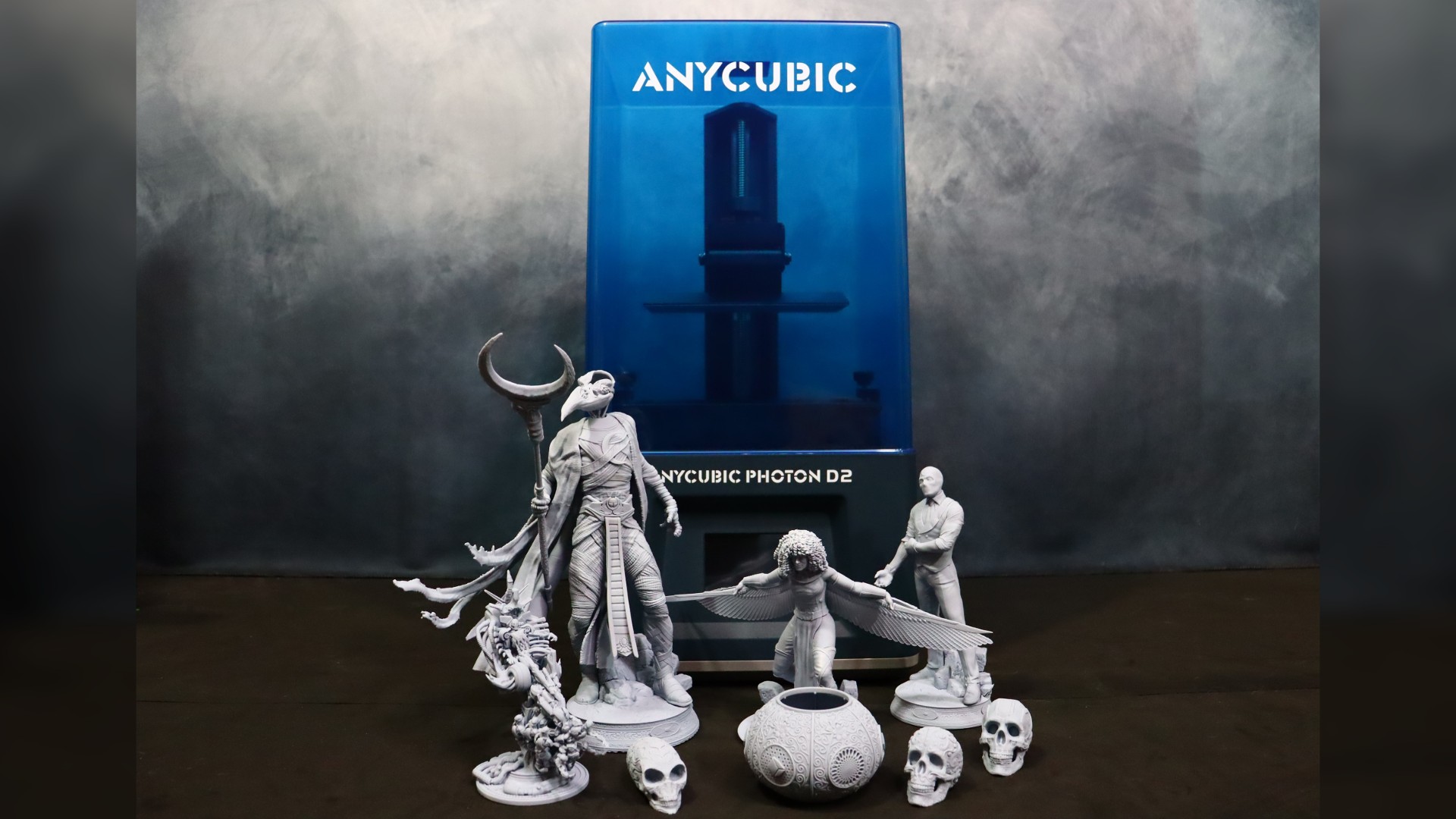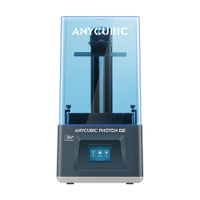Space Verdict
The Anycubic Photon D2 is an incredible 3D printer that offers exceptional print quality for hobbyists. Whether you're printing figures for wargaming, or intricate jewelry and decorations, the D2 is capable of creating almost unbeatable detail, all while being affordable and easy to use.
Pros
- +
Excellent build quality
- +
Incredible print quality and detail
- +
Easy to use
- +
Low energy consumption
Cons
- -
Photon workshop still needs work
- -
Resin can be sensitive to temperatures and speeds
Why you can trust Space.com
Anycubic is back with another new addition to the Photon family of 3d printers, with the Anycubic Photon D2, the follow up to its debut DLP printer, the Photon Ultra.
Anycubic has been on a roll, firing out a constant stream of new printers over the last couple of years. Earlier this year we were introduced to the Photon M3 printer series, along the Kobra line of FDM printers. Now Anycubic is back again with the Photon D2 DLP printer. The Photon D2 represents a major improvement over the Photon Ultra.
Much like the differences between FDM vs resin printers, there are some unique properties of DLP printers that make them worth considering. The projectors in DLP printers typically have a much longer lifespan than LCD screens, so you won't need replacement parts as often, and the technology in them basically eliminates light convergence (light from the bright areas of the LCD screen bleeding over into unilluminated areas). This means you get sharper details than equivalent resolution LCD printers.
So, does the Anycubic Photon D2 make it onto our list of the best 3D printers? Let's have a look at the new Photon family member and see how the enhanced DLP projector performs.
Anycubic Photon D2: Design & set up
The Photon D2, like the other printers in the Photon line, is easy to set up and use. After you've unpacked everything, secure the U-shaped bracket to the print bed with the four screws on the print bed. Tighten the screws only halfway; you'll need them loose to level the build surface. The print bed is then installed, and the printer will be turned on. The first step is to level the build surface by selecting the tools menu and move Z. Then you'll press the home button.
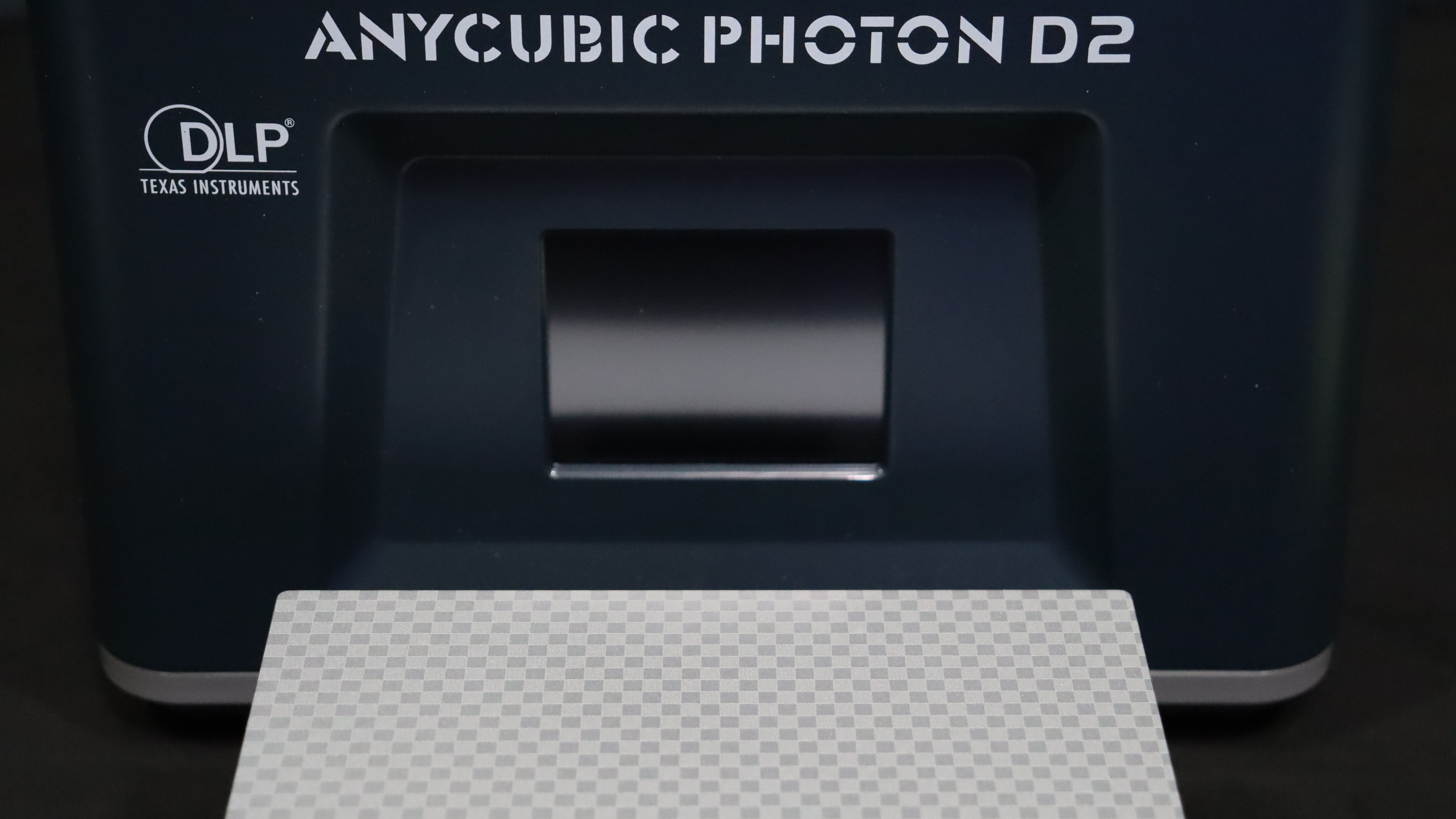
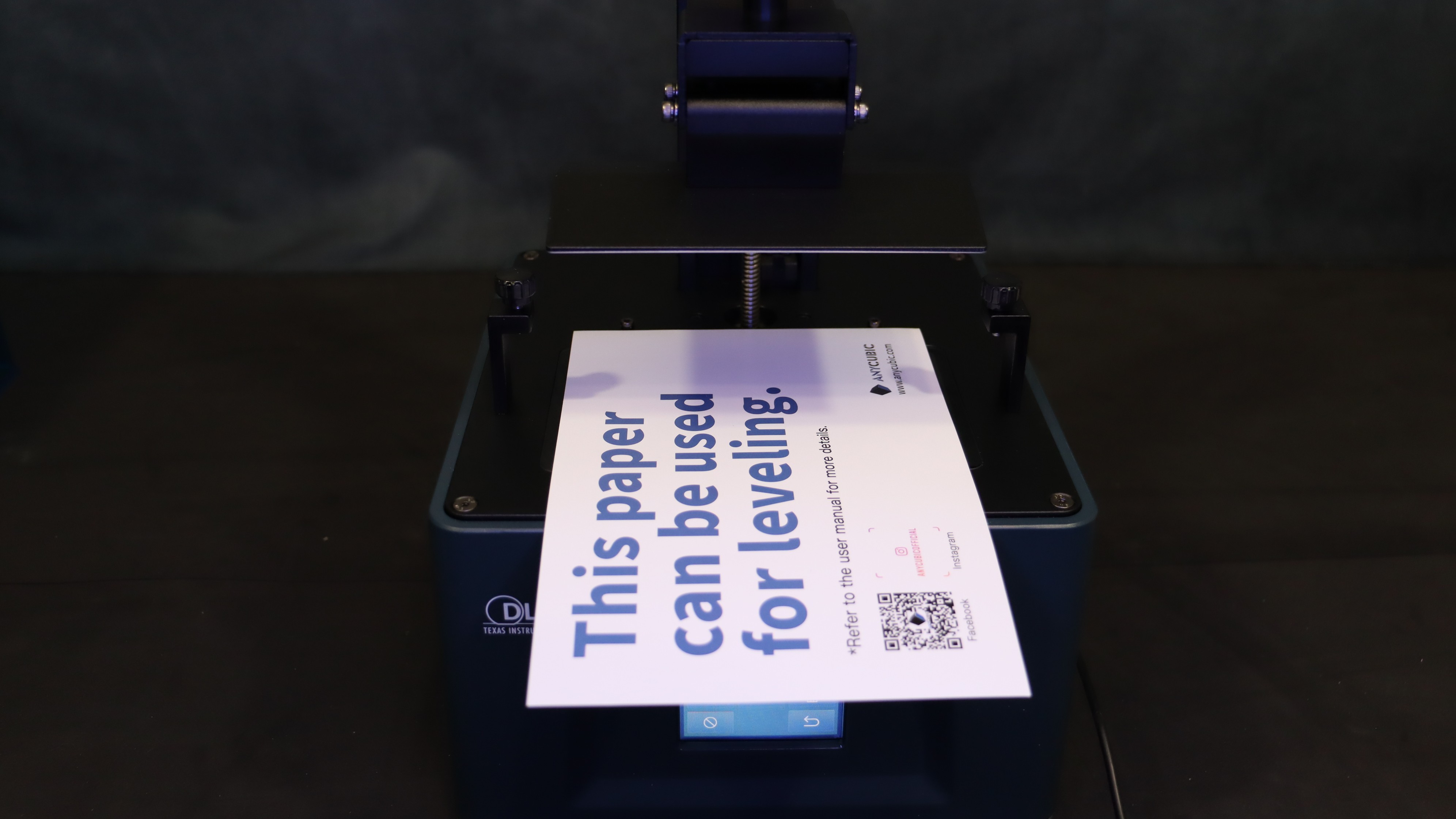
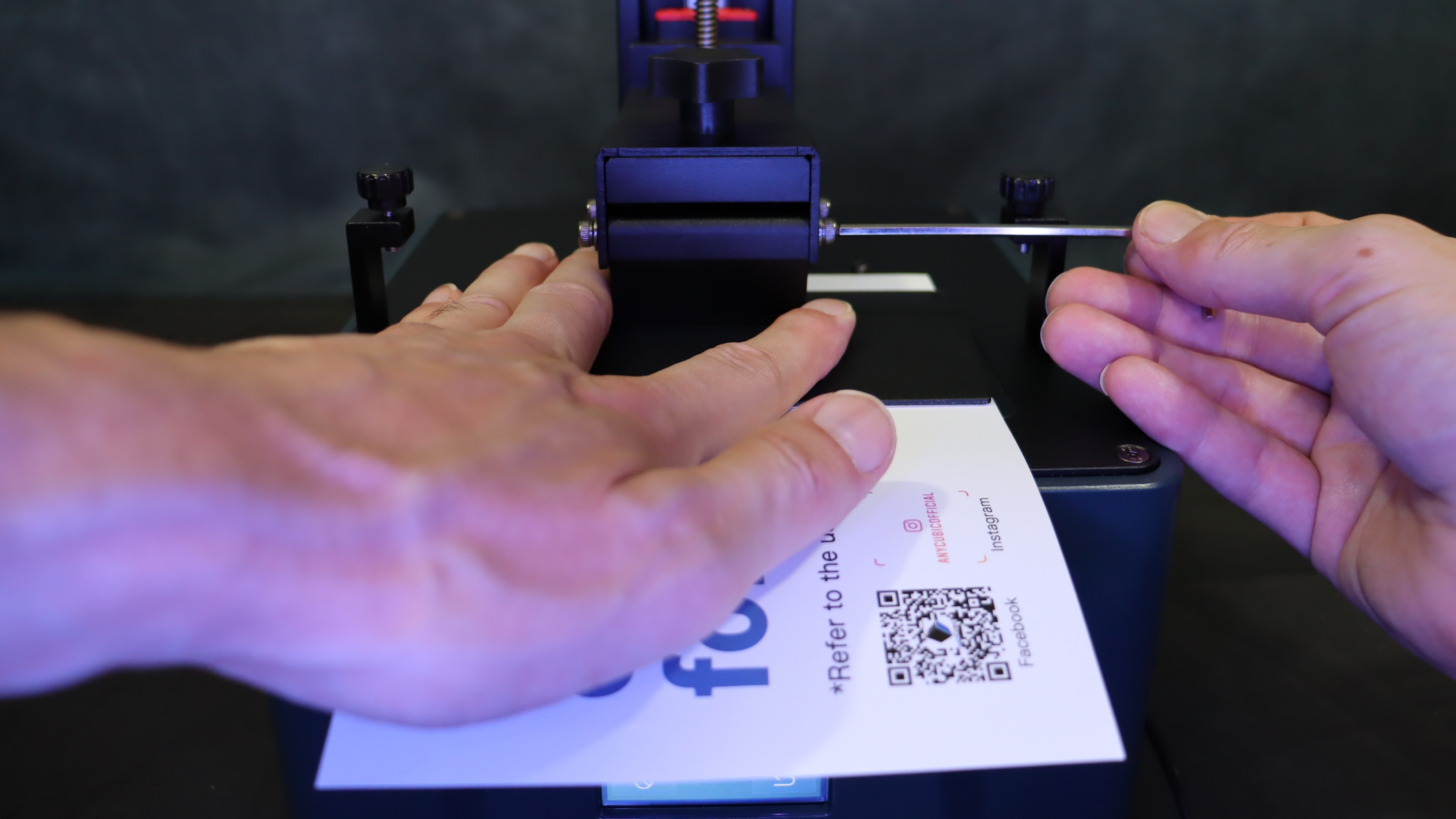
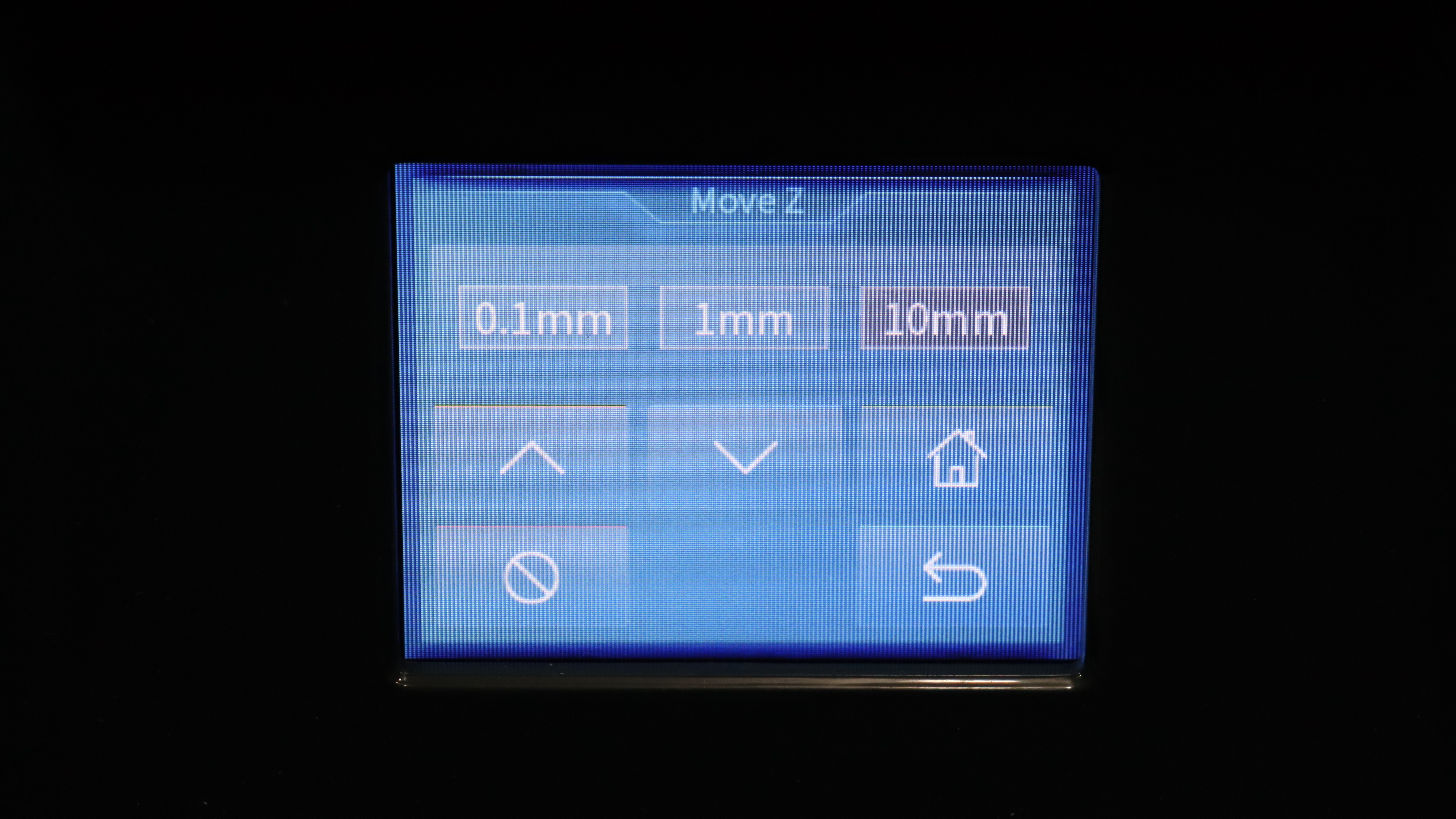
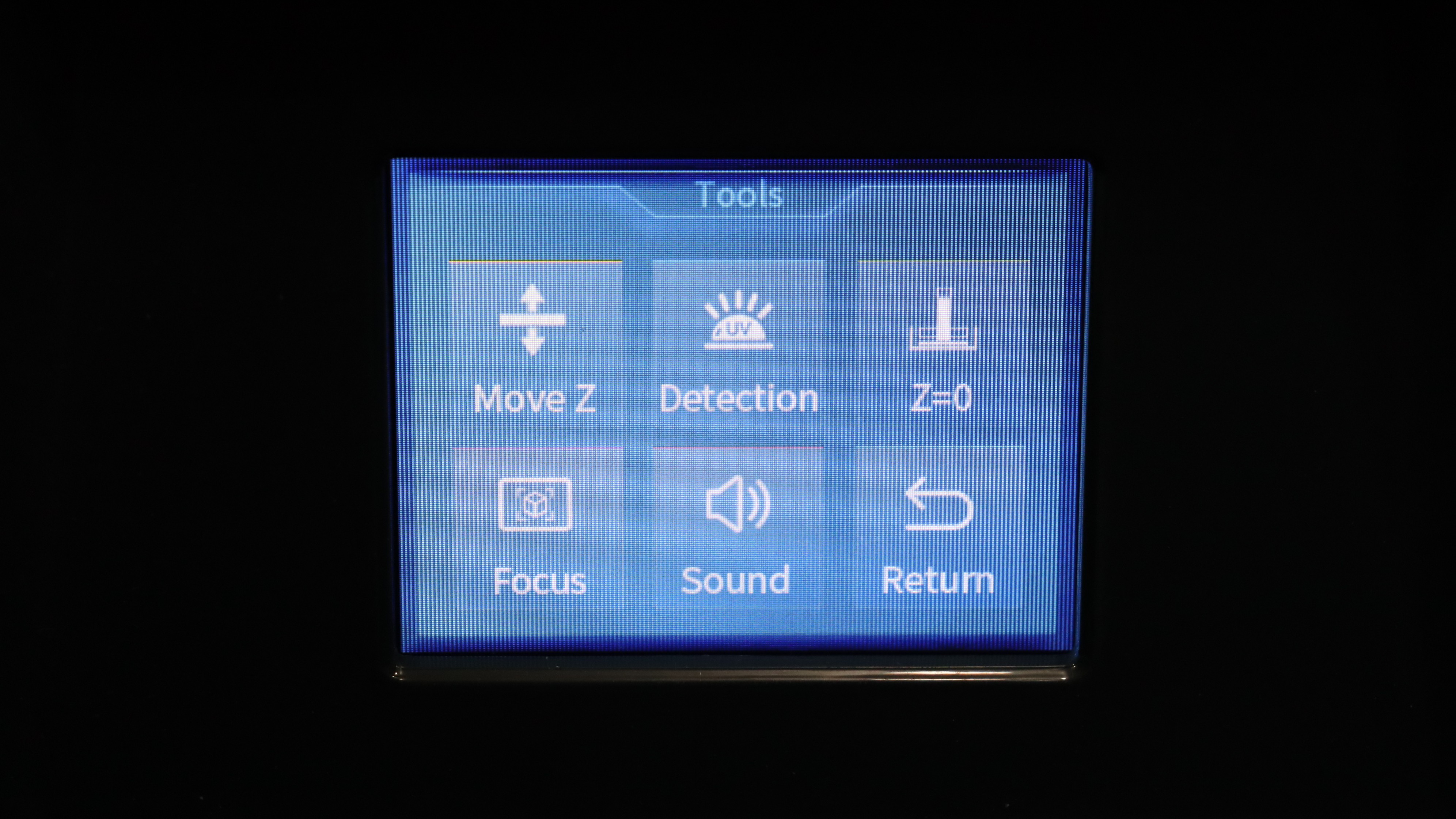
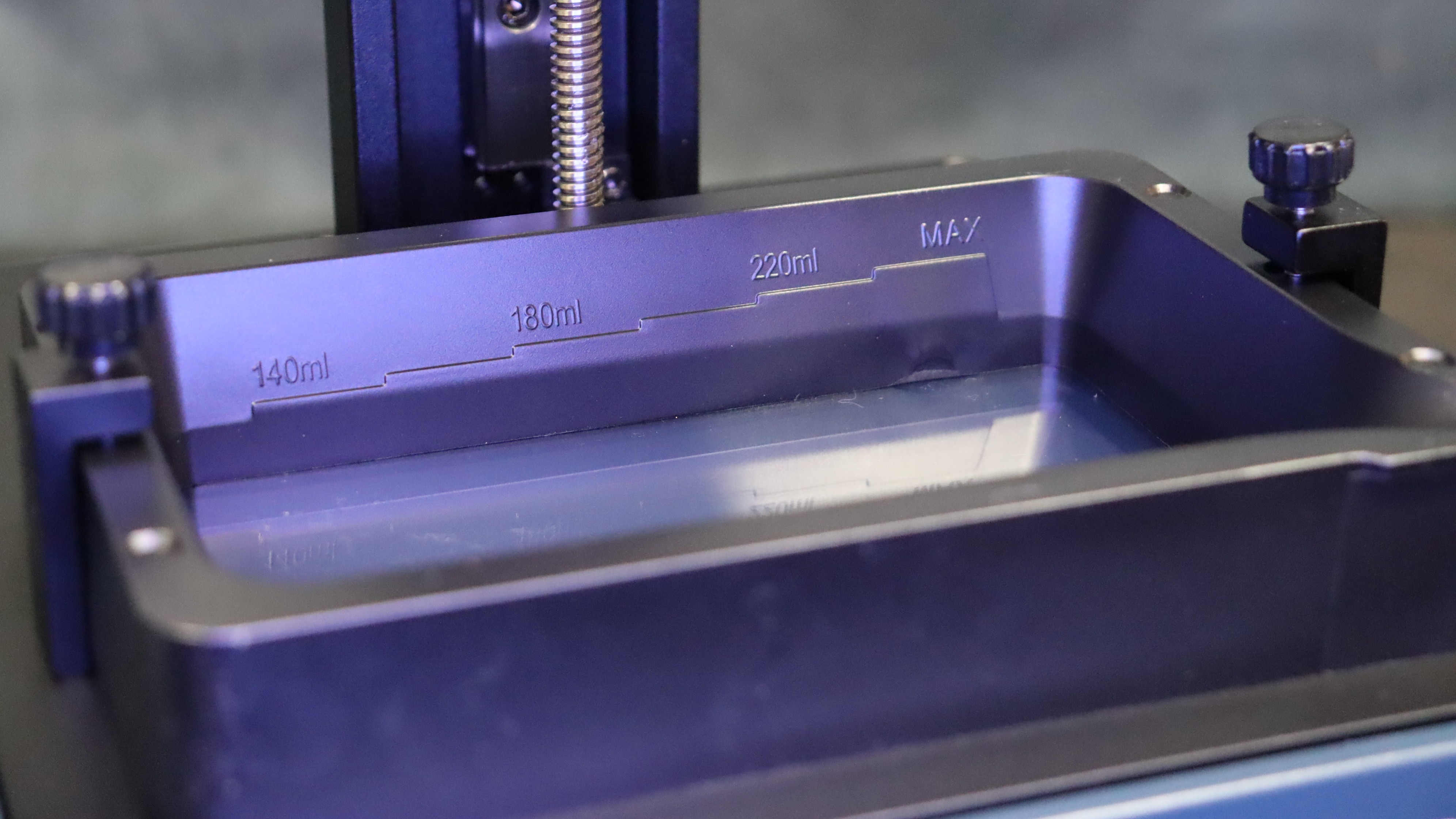
Make sure the bed is loose and there is a piece of paper on the glass to avoid damaging it and to level the bed. Apply gentle pressure to the bed after it has settled before tightening the four screws that hold it in place. When you're done, go back to the main tools menu and press z=0 to save the level. When finished, press enter again to raise the bed. Install the resin vat, load the resin and start printing.
The photon line has always been relatively easy to set up. The most important factors to consider will be your exposure times and lift speeds. The user manual for Anycubic's DLP craftsman resin includes time and speed recommendations.
Design wise, there isn't much to say about the Anycubic Photon D2 if you're familiar with resin 3d printers - it's a relatively compact printer measuring in at 17.2 x 9.3 x 8.9 inches. There is a 2.8 inch touchscreen on the front of the device and the connection ports are on the side.
In terms of appearance, the Photon D2 is similar to the previous Photon Ultra, with a blue-tinted UV cover - not the typical yellow covers for which Anycubic is known. The 2.8" touch screen is also clear and easy to navigate, making menu navigation and model selection simple.
Anycubic Photon D2: Specs & features
DLP 3D printers use a digital projector screen to flash an image of a layer across the entire platform, curing all points simultaneously. The light is reflected on a Digital Micromirror Device (DMD), a dynamic mask consisting of microscopic-size mirrors laid out in a matrix on a semiconductor chip. It is a 3D printing technology used to rapidly produce photopolymer parts.
It’s very similar to SLA with one significant difference -- where SLA machines use a laser that traces a layer, a DLP machine uses a projected light source to cure the entire layer at once. The part is formed layer by layer. It could directly to the bottom of the resin vat and could provide evener light and realizing the high precision printing results.
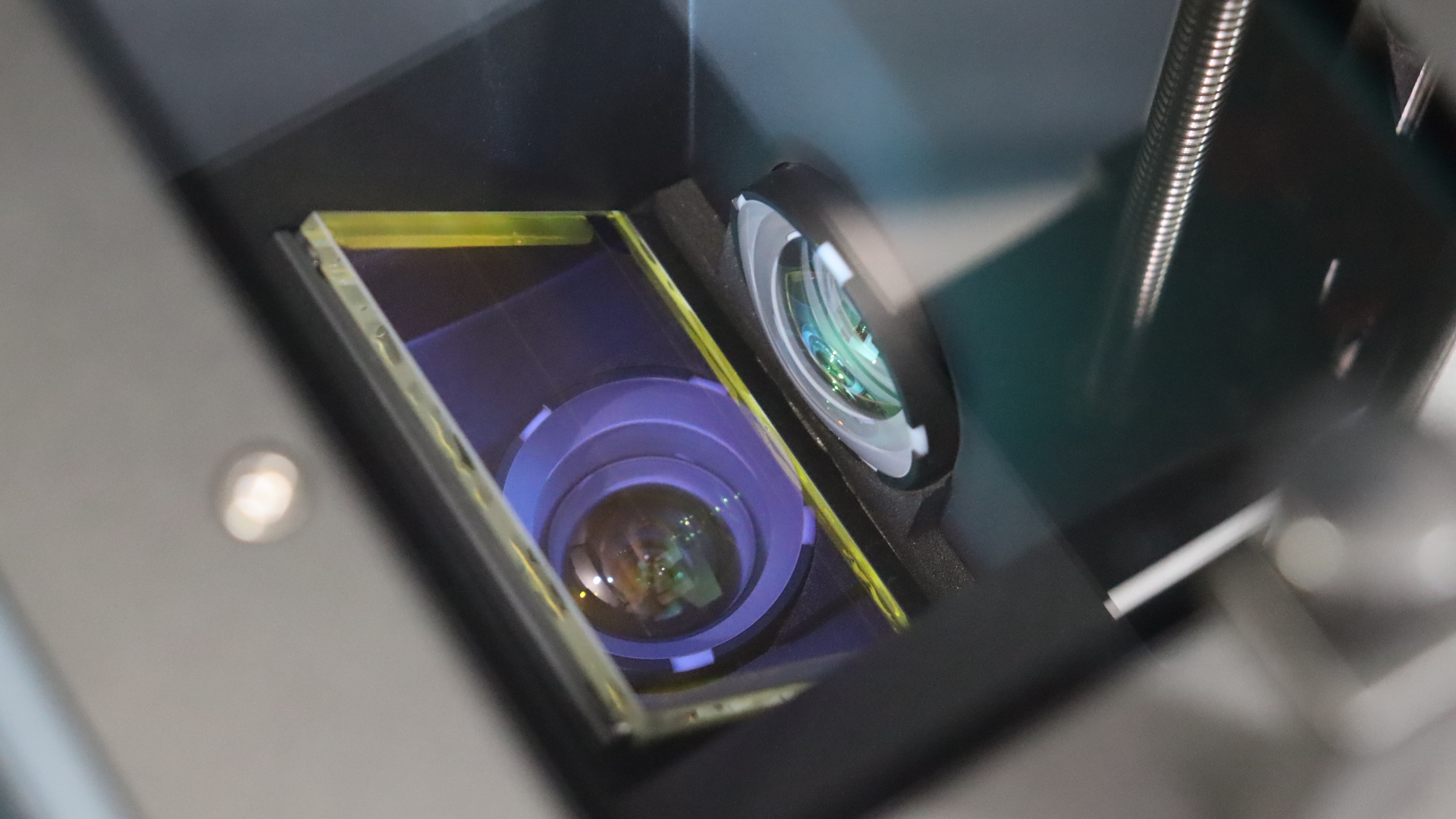
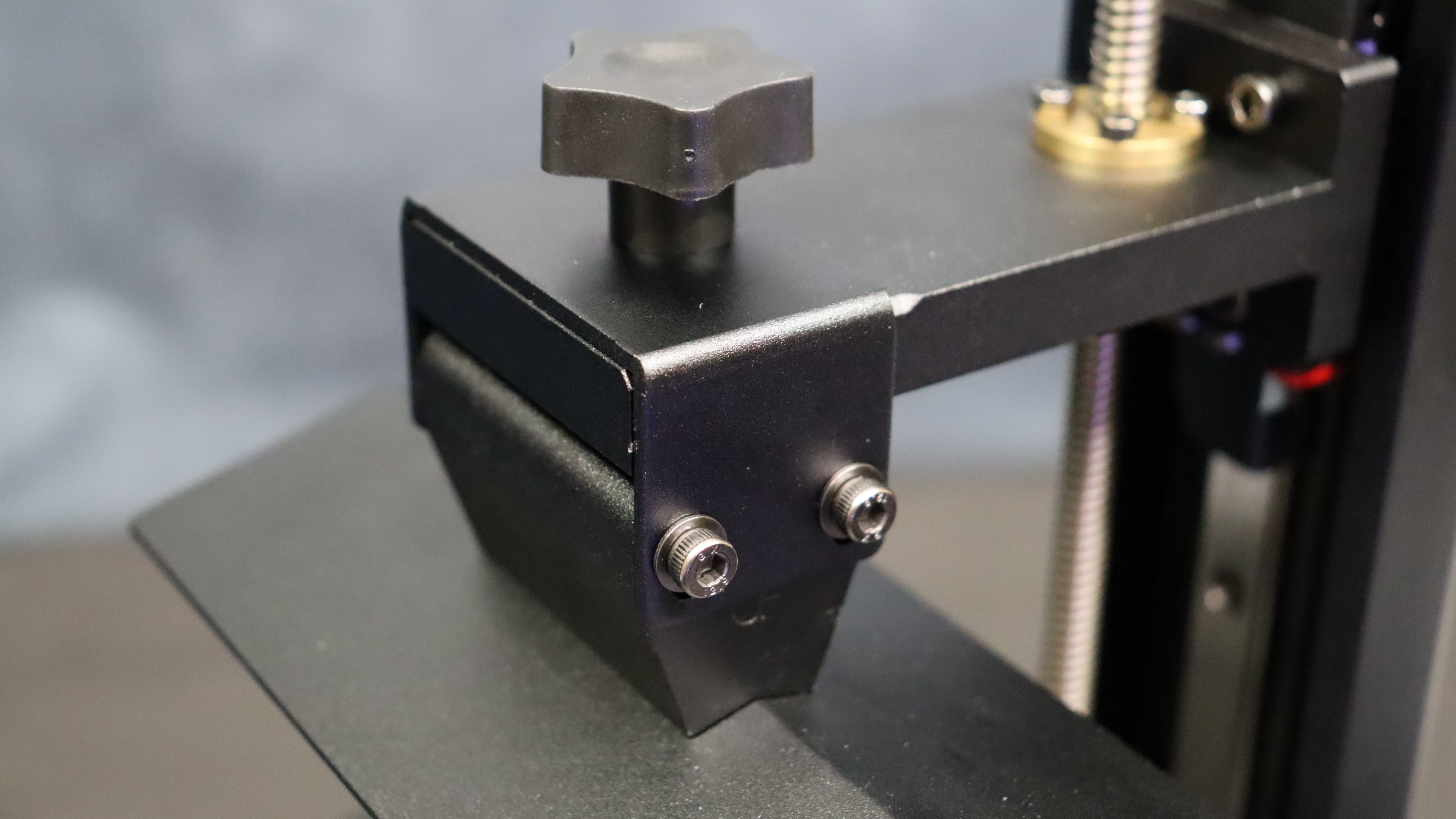
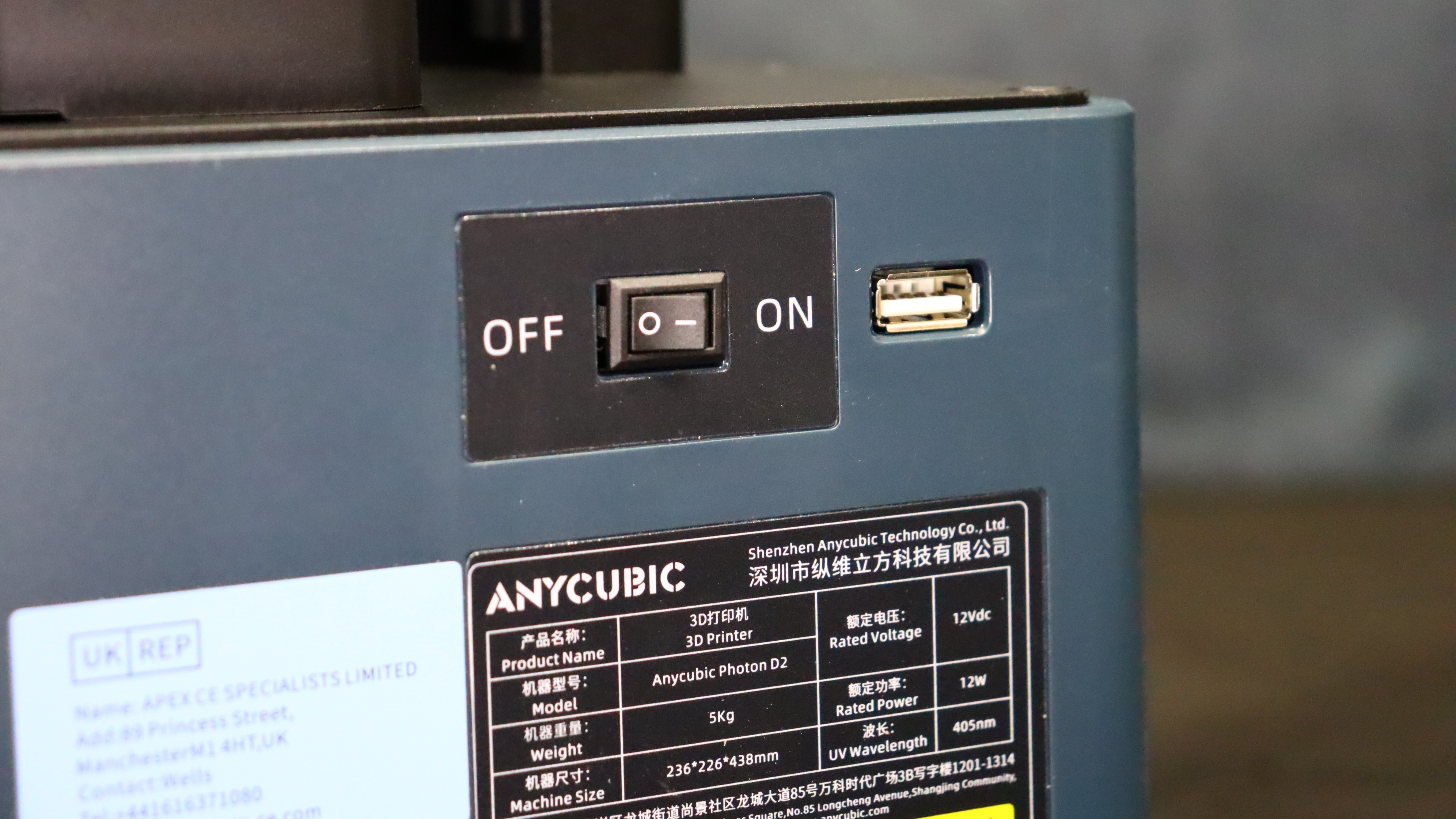
Operation: 2.8 inch color touch screen
Software: ANYCUBIC Photon workshop
Connectivity: USB
Printing technology: DLP (Digital Light Processing)
Light source: DLP optical projector
Resolution: 2560x1440
XY resolution: 51um (0.051mm)
Z axis resolution: 0.01mm
Layer res.: 0.01 ~ 0.15mm
Build platform: Laser etched build surface
Rated power: 15W
Build volume: 130.6mm (L) * 73.4mm (W) * 165mm (H)
Net weight: ~ 5kg
In terms of consumer LCD 3D printing, Anycubic has always been a pioneer. In 2021, Anycubic applied Texas Instruments's DLP technology to 3D printing and developed the first consumer-level DLP 3D printer photon ultra. The apparatus achieved the success of pledging over 2M dollars. To further improve users' experience with the DLP 3D printer, Anycubic released the second generation DLP 3D printer Photon D2. Based on the features of Photon ultra,
Anycubic added the latest light uniform algorithm and enhanced anti-aliasing effect to the Photon D2. As a result, the new 3D printer Photon D2 shows marked improvements, such as a bigger build size, higher projector resolution, and more detailed print details. It provides a new premium 3D printing experience for users.
The Photon D2 is intended for professional users such as jewelers and dentists. Having said that, it's also a great choice for miniature tabletop gaming or figure printing and collecting. The 1440p resolution of the second generation DLP projector is a significant improvement over the 720p resolution of the preceding Photon Ultra model.
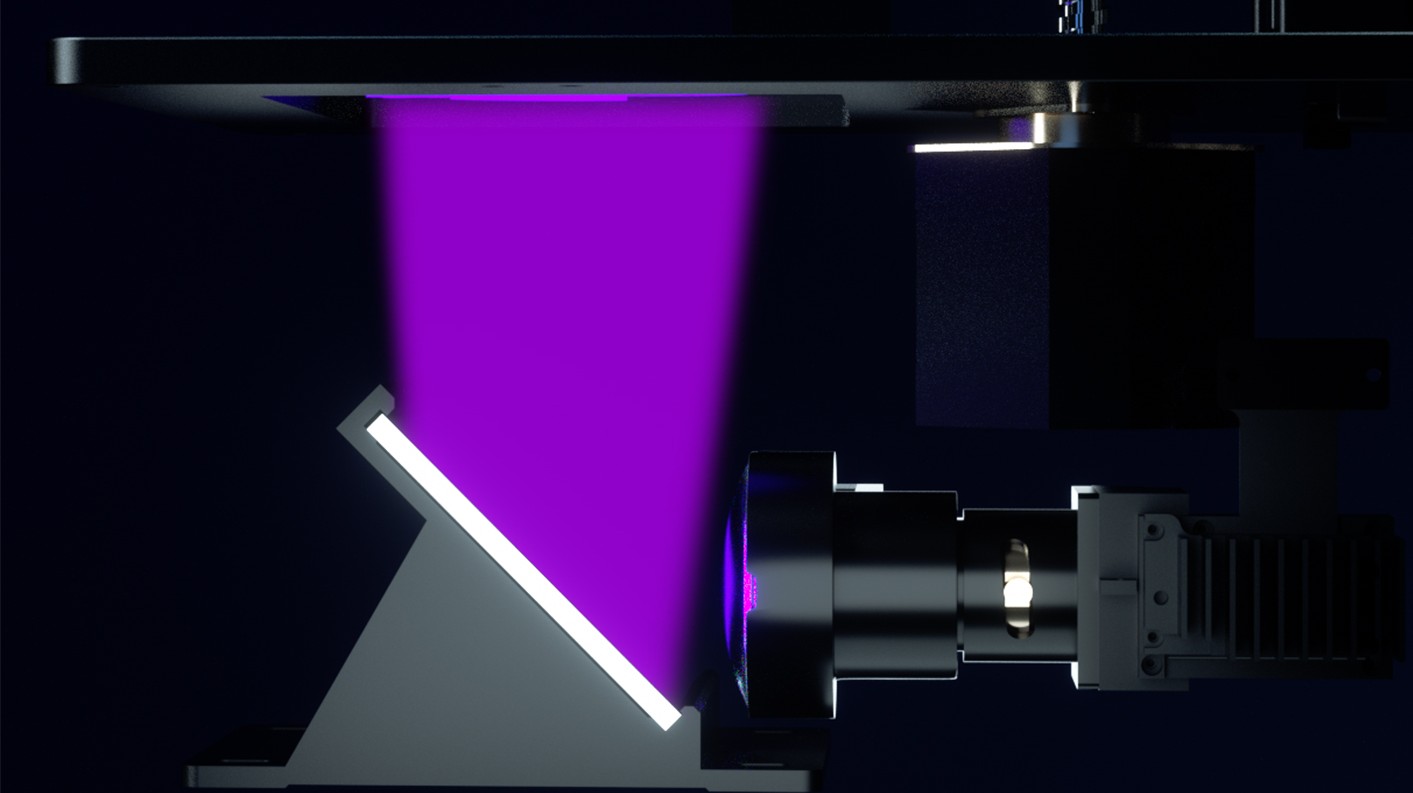
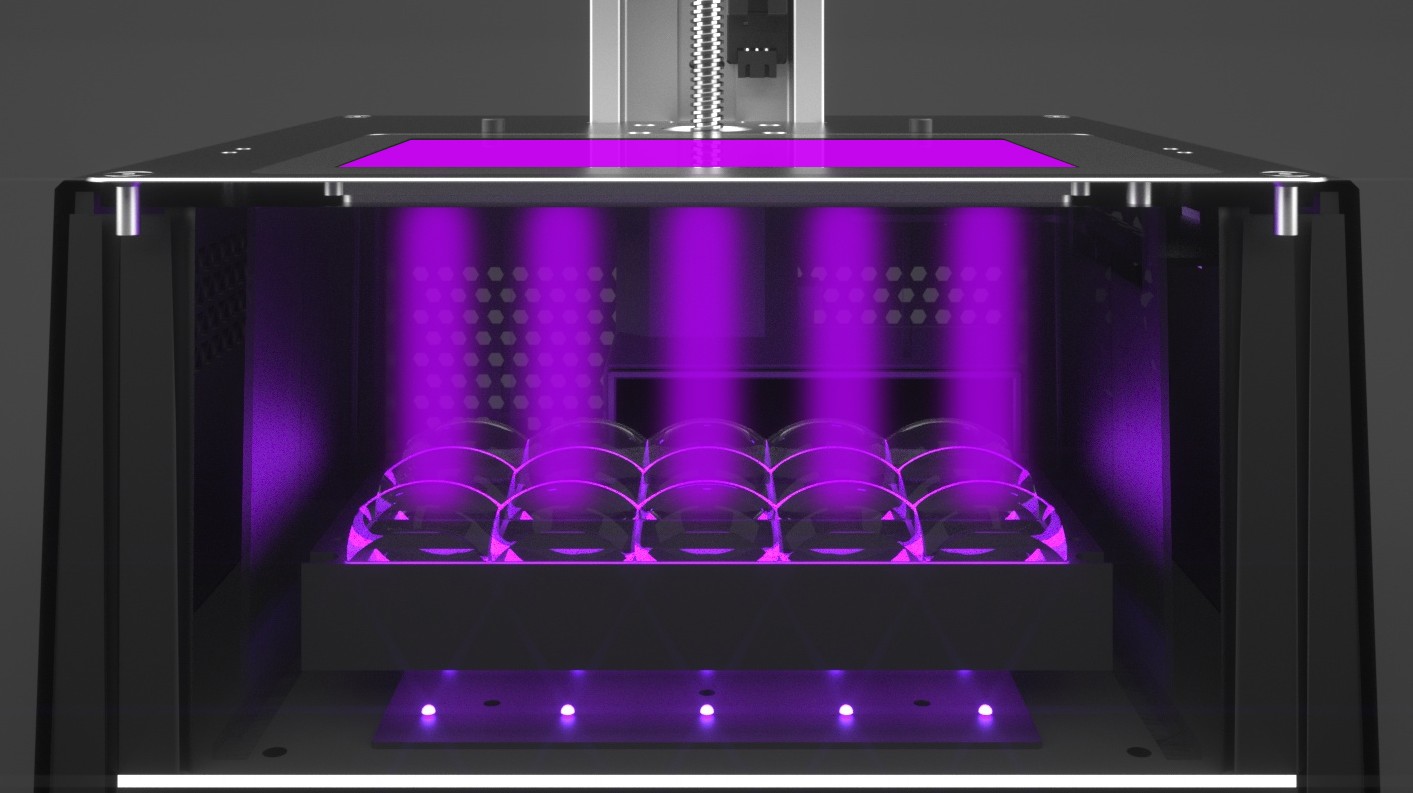
The Photon D2 also uses a new light algorithm to aid with steady and even exposure while reducing energy use. This may result in somewhat slower print rates than the Photon Ultra, but the difference in times was not big enough to be a concern in our tests.
Anycubic Photon D2: Print quality & speed
In terms of quality, The Photon D2's new 2K DLP projector does not disappoint. In comparison to other resin printers I've used in the past, all of the models We printed during our testing came out very clean and sharp. Anycubic DLP Craftsman resin is recommended. We created some of the cleanest, sharpest models we've ever printed. The layer lines were barely visible to the naked eye when using the standard 0.050mm layer height.
We used the included Photon Workshop slicer with the same slicer settings for all of the models we printed. Other slicers, such as the popular Chutubox and Lychee slicers, do not currently support the Photon D2, but support will be added in the near future.
The test print included is the first print we made with the Photon D2. This is a small vase-style print covered in various textures and patterns that show how much detail is possible with the new 2K DLP. The level of detail achieved is astounding. These are some of the most detailed prints we've ever produced.
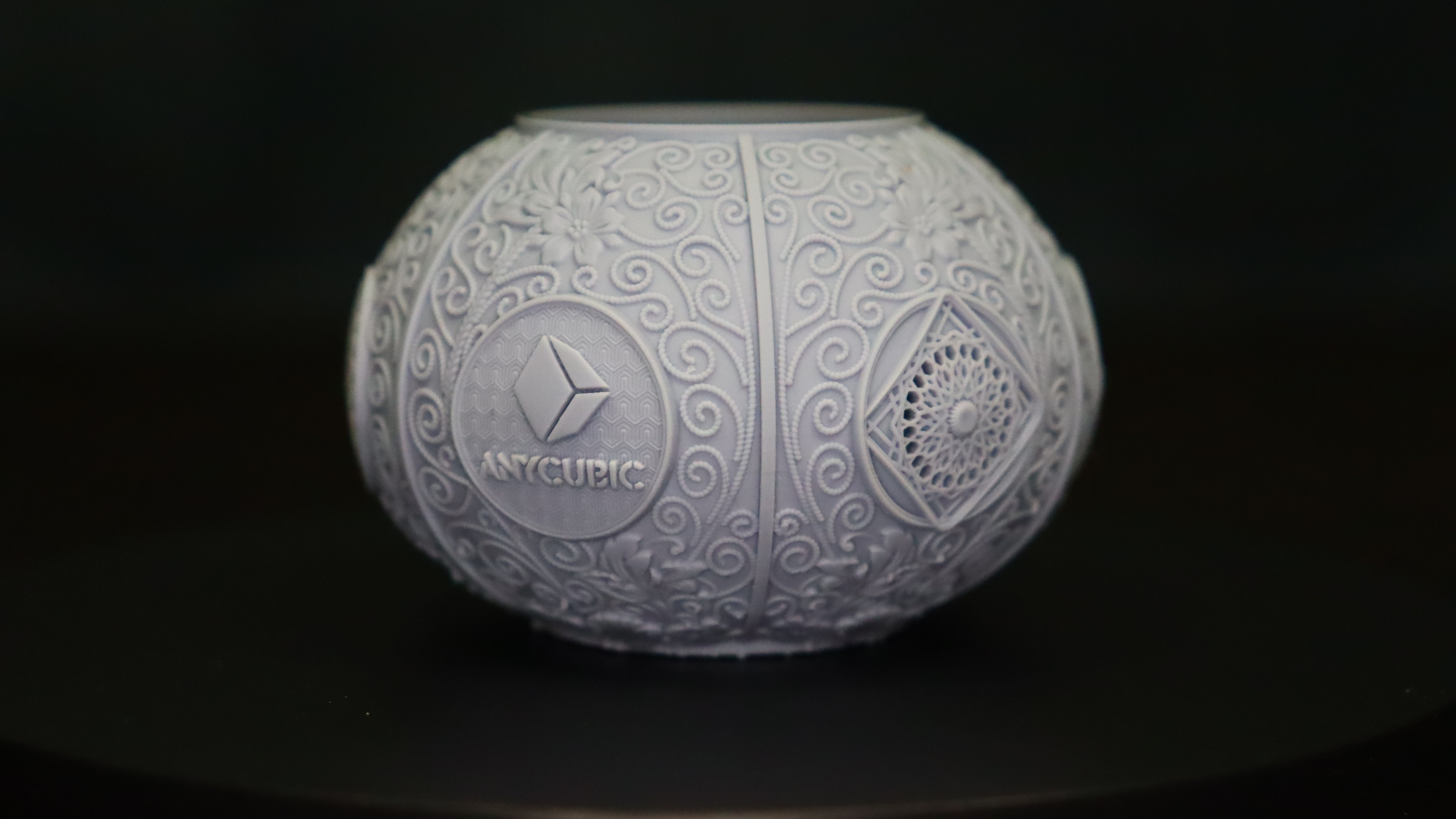
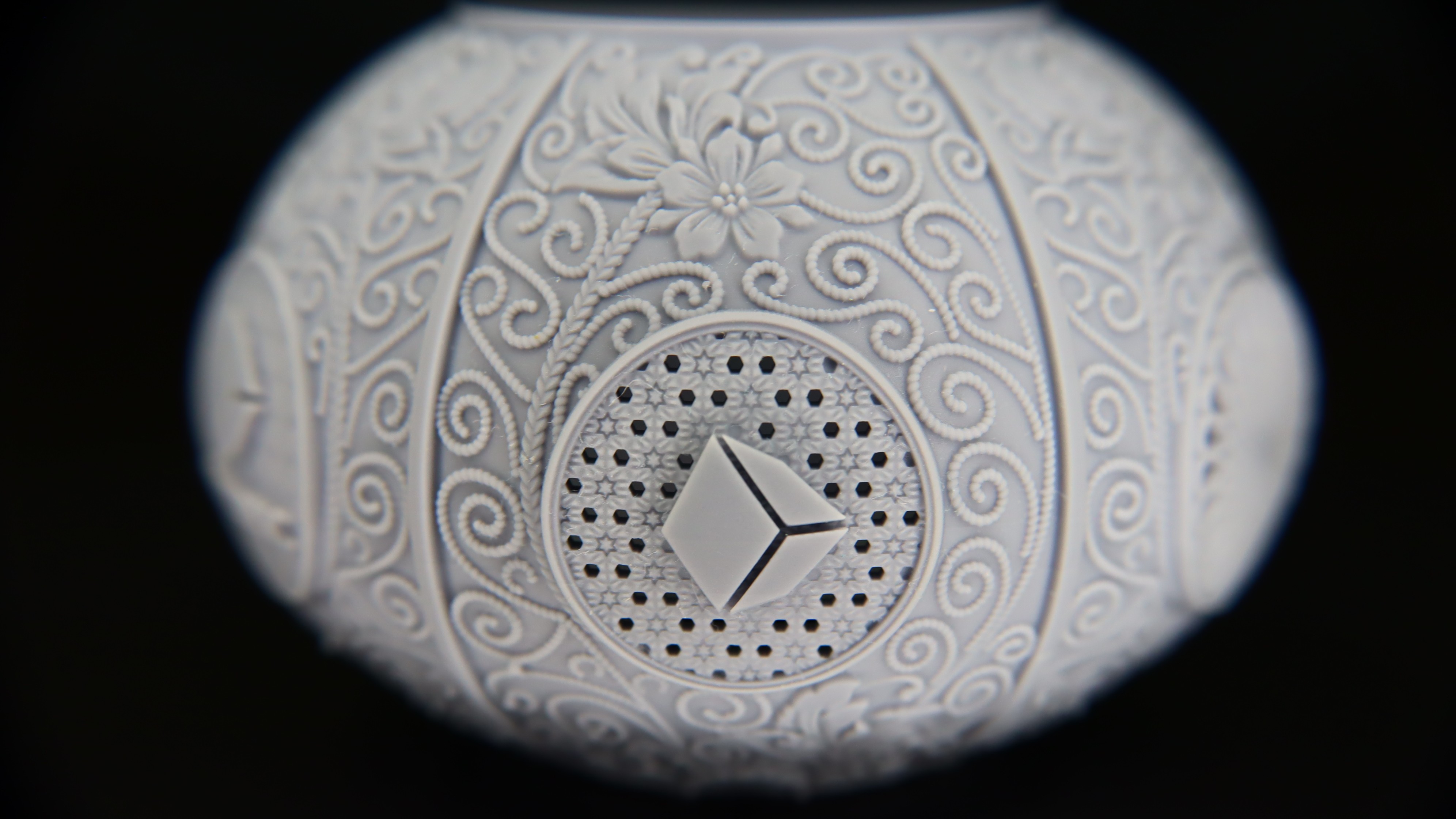
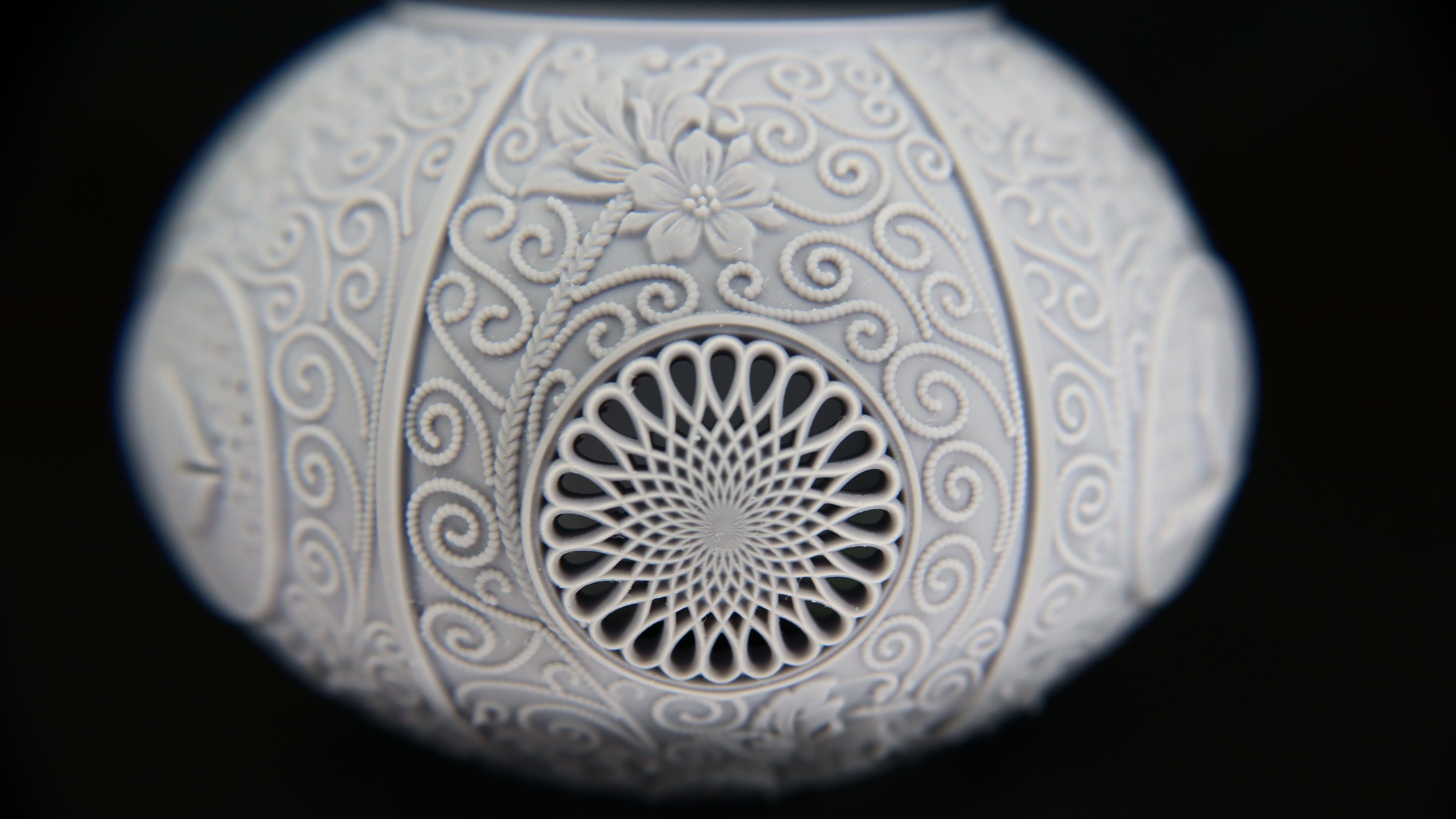
Wicked3D's The New Konshu Statue was the next print we chose. The attention to detail on the bandages, head, hands, and hieroglyphs on the staff handle is astounding. The fibers in the fabric used to make his suit and cape could almost be seen. This print came in several pieces, which we put together after printing and curing. The components all fit together neat and snug. Again the level of detail is amazing and sharper then any of the LCD printers we've tested.
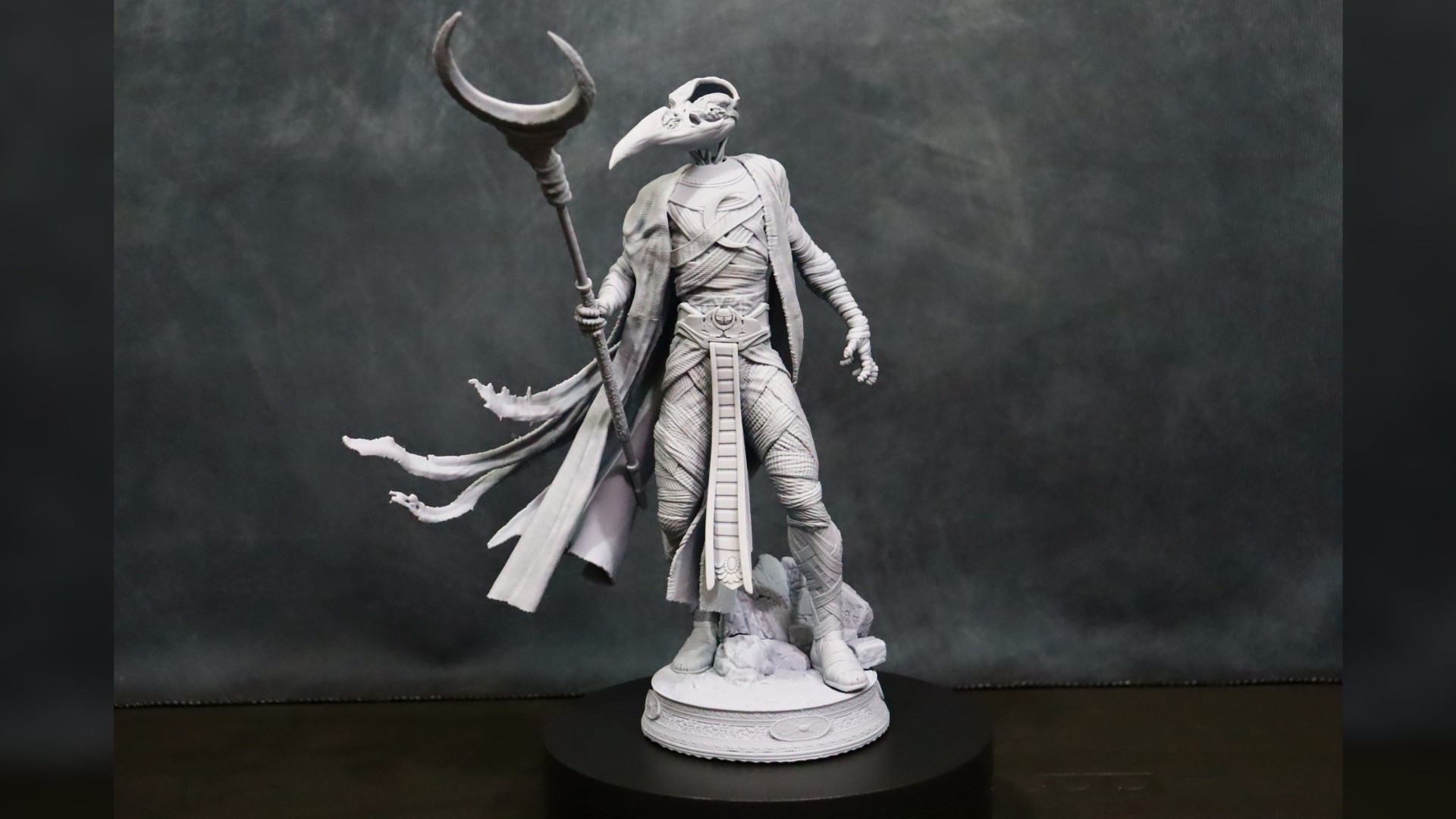
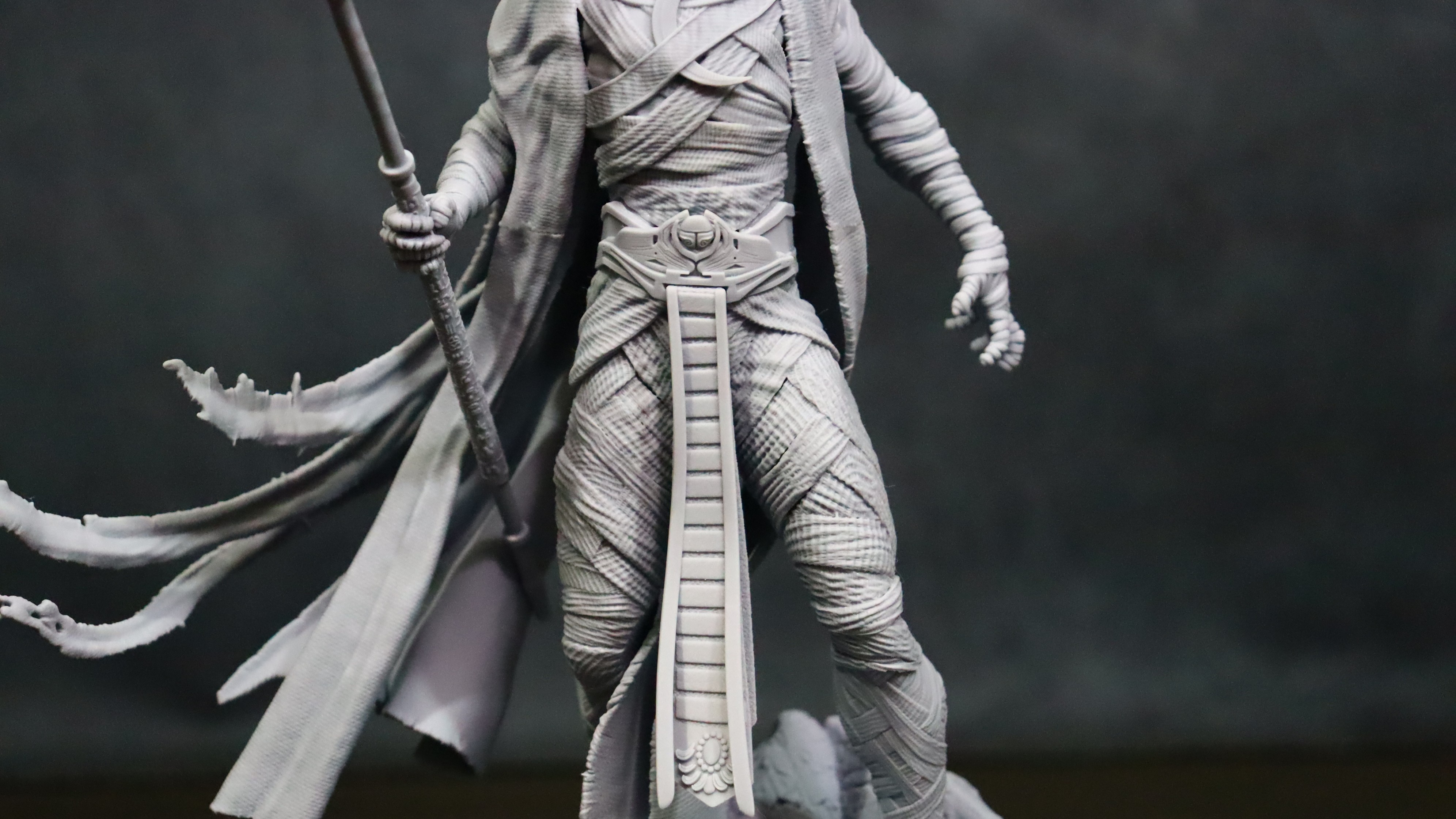
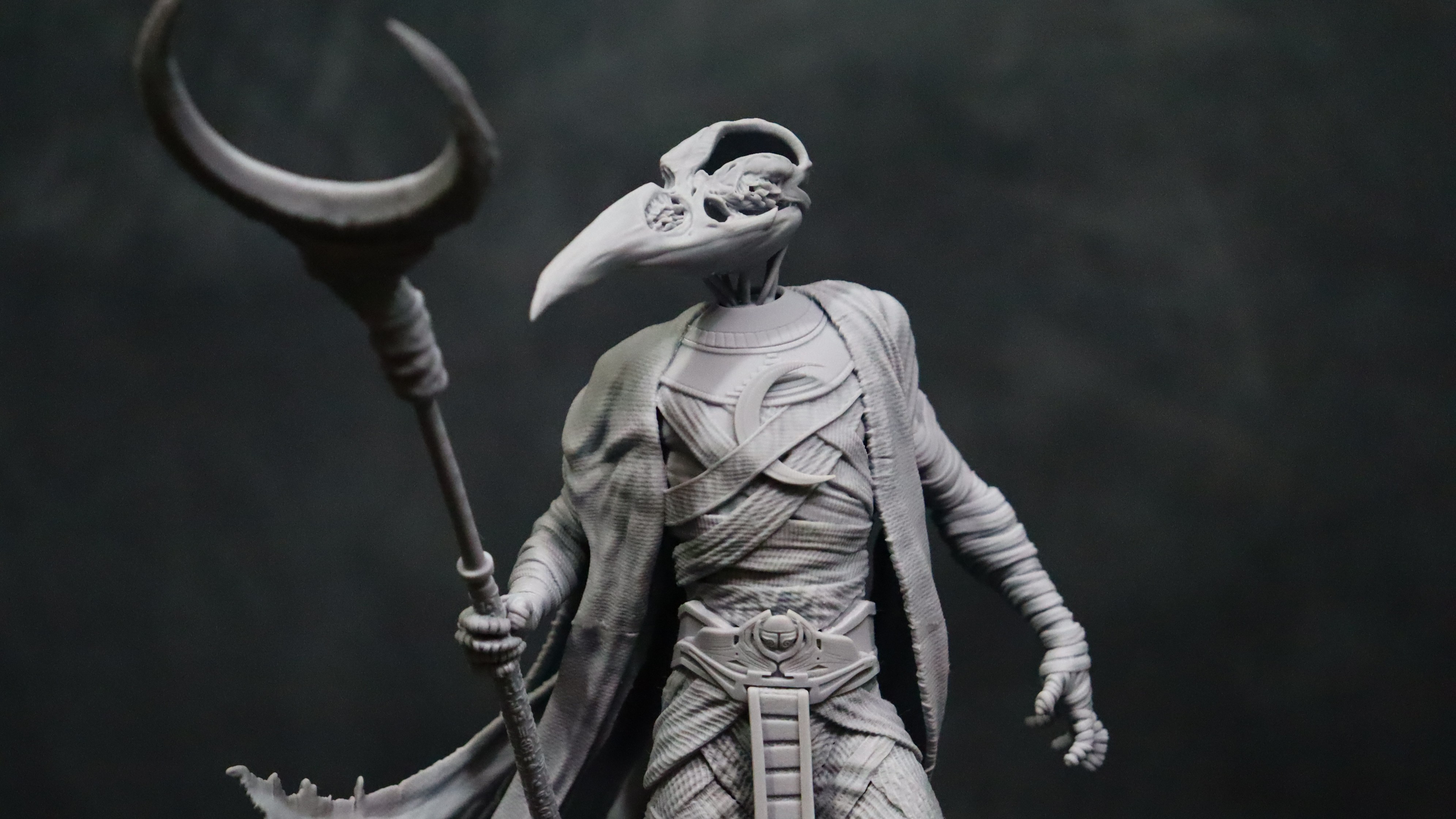
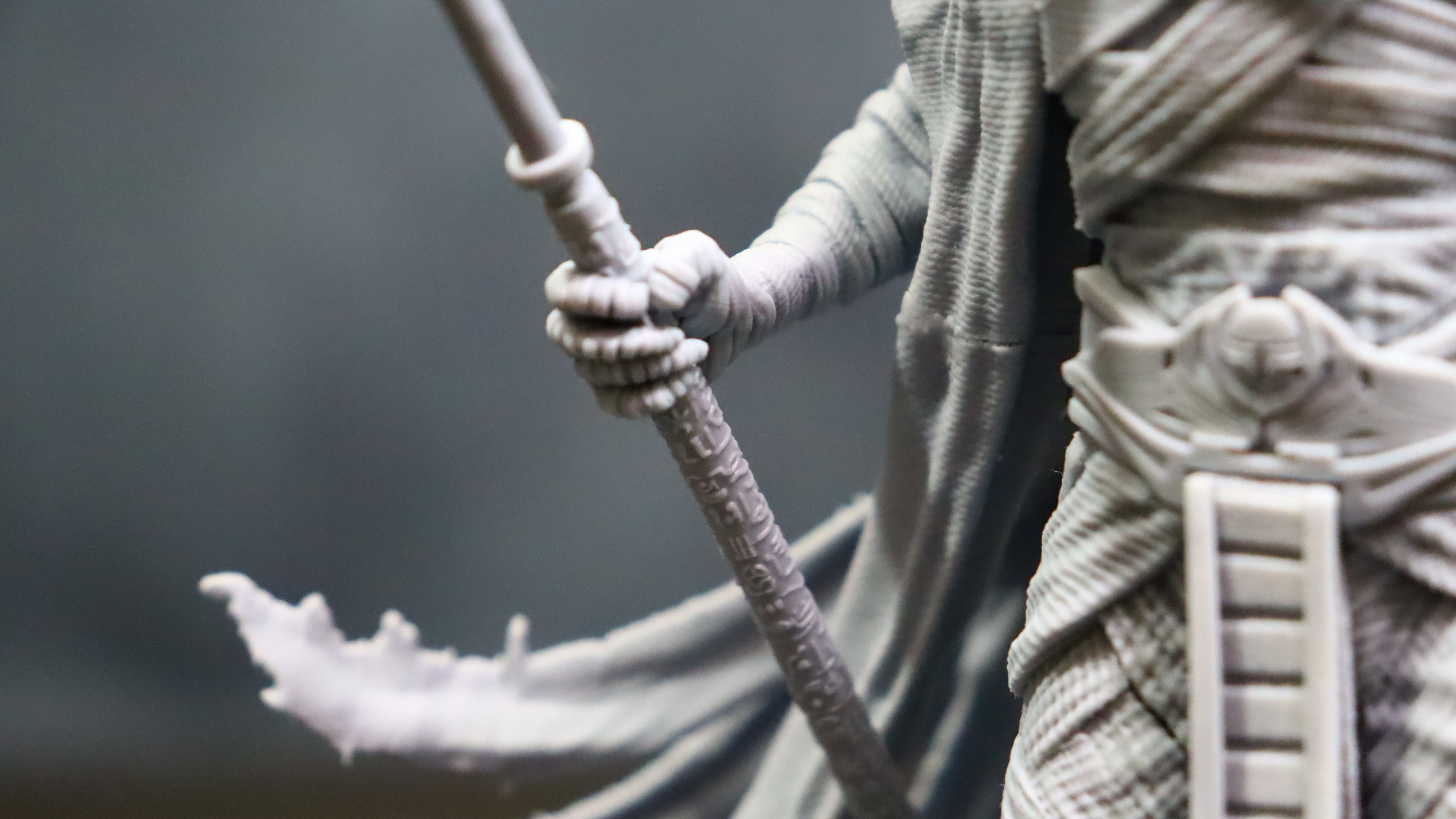
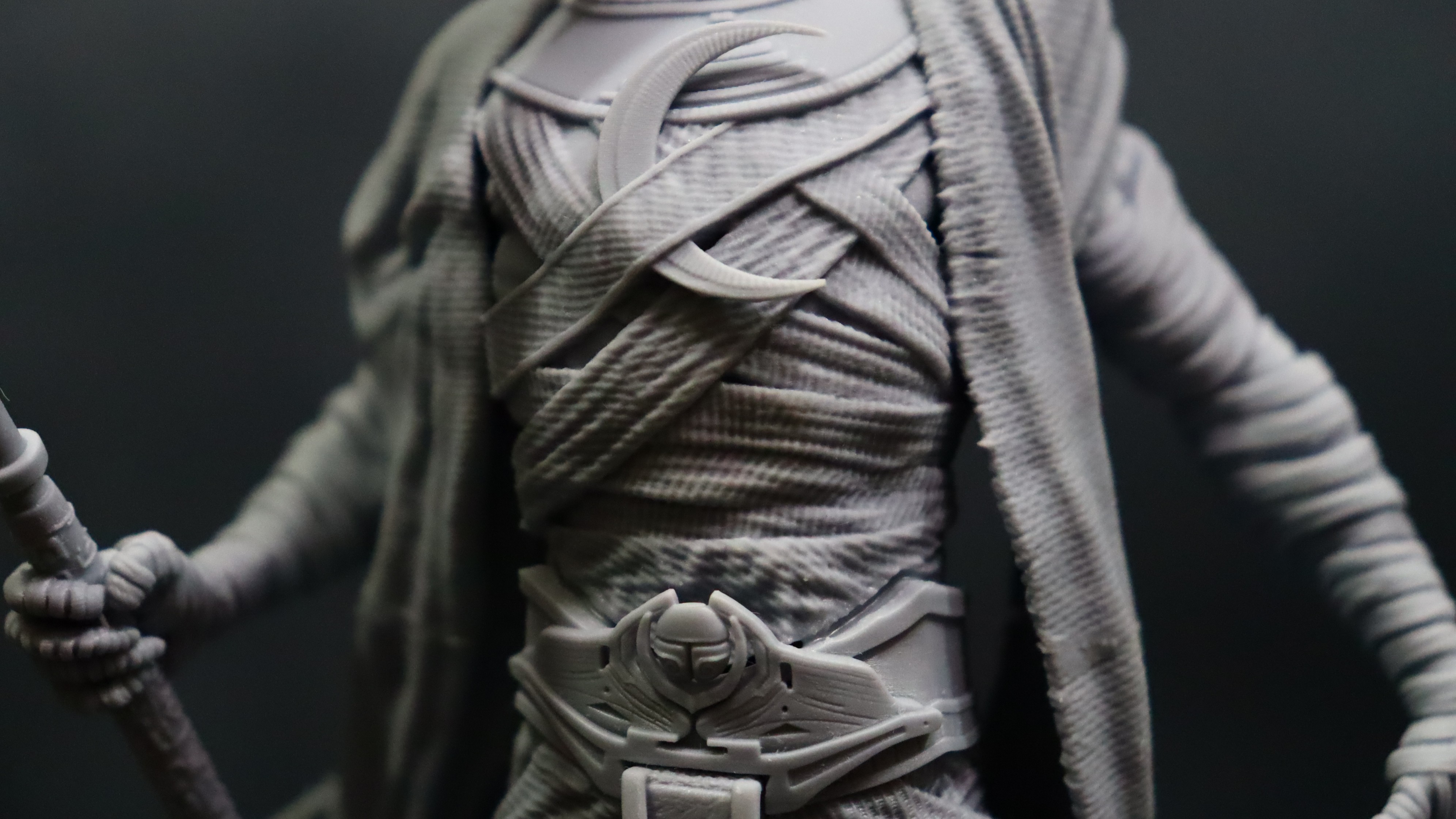
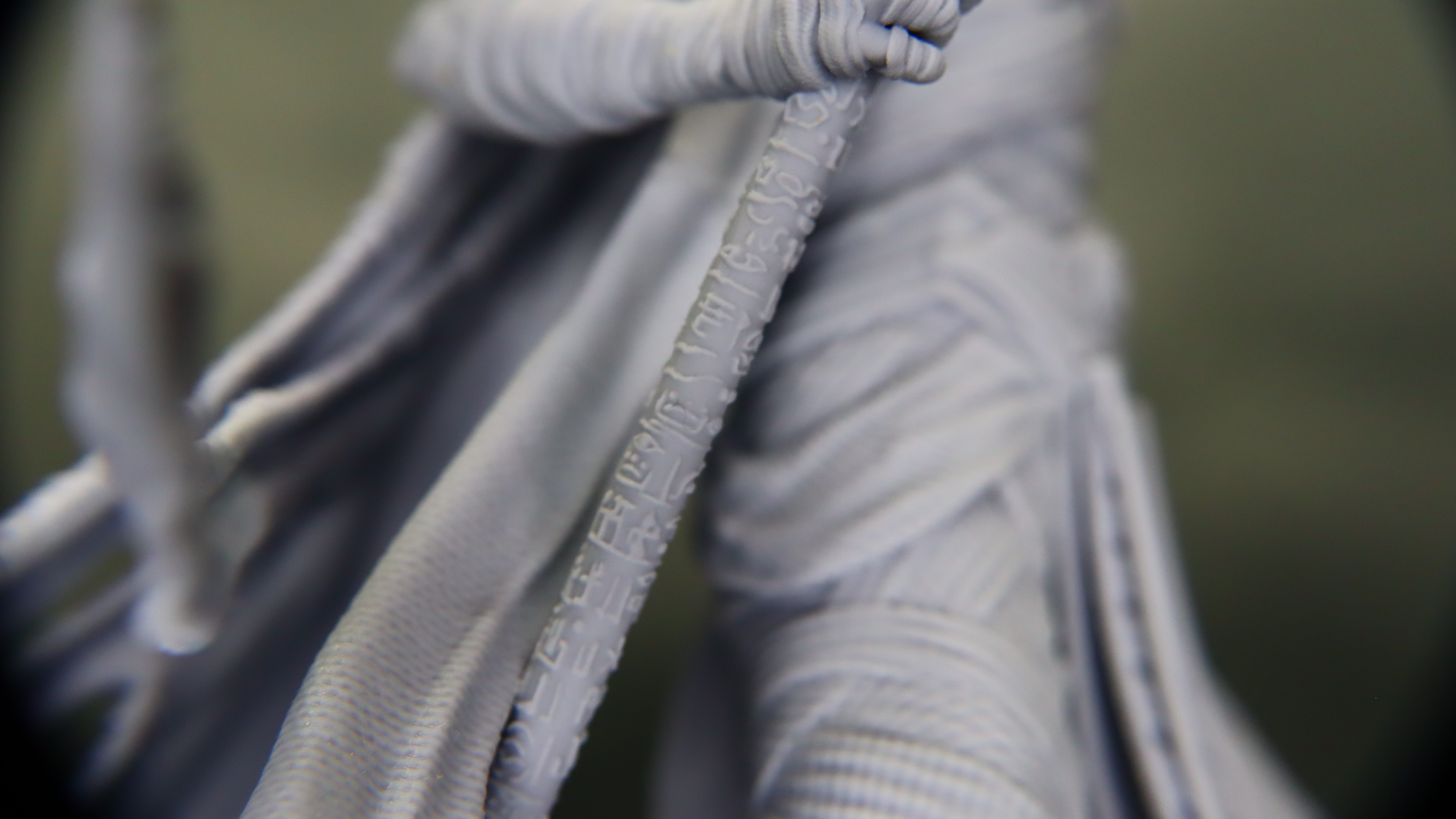
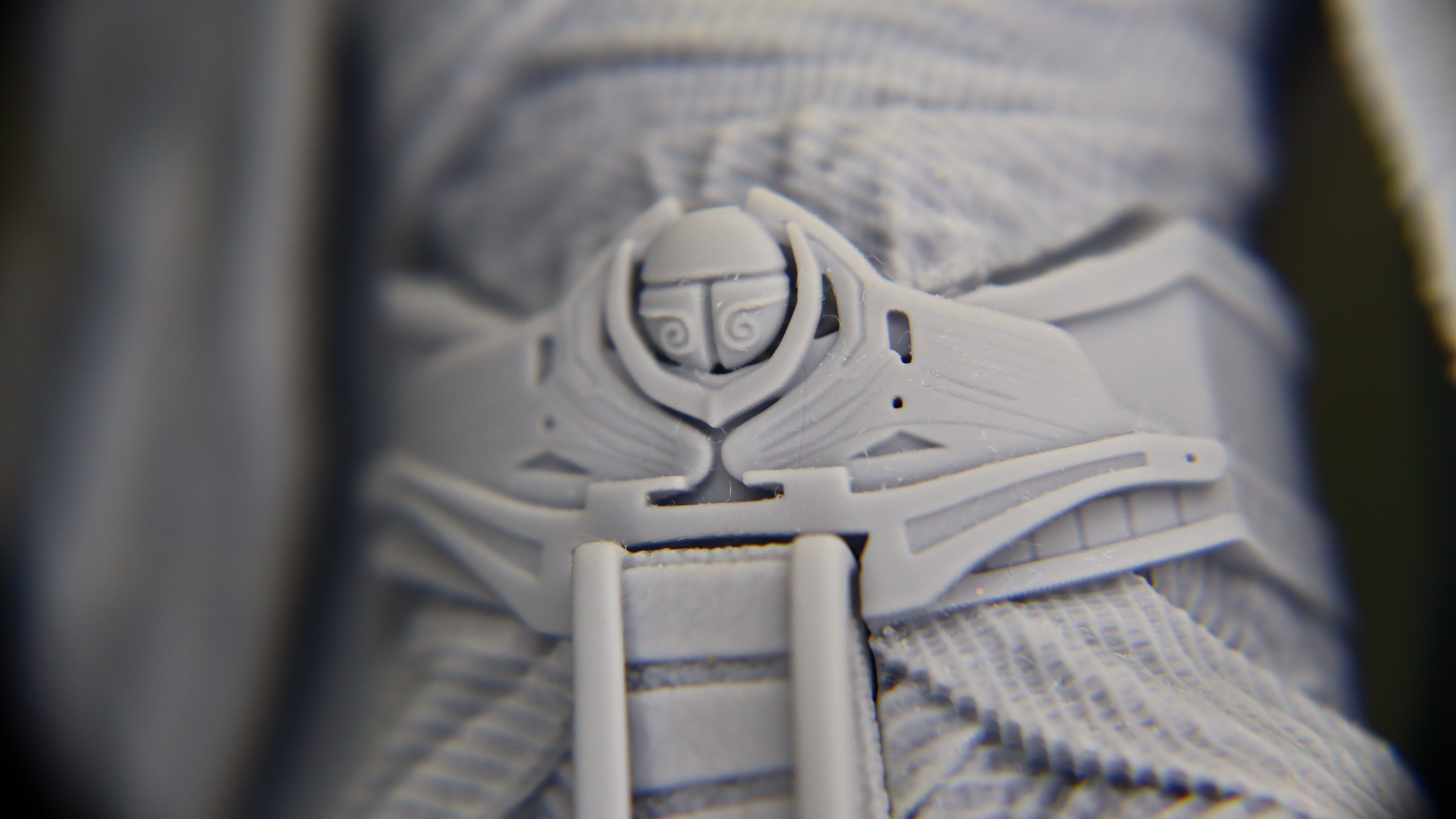
We printed the Mr. Knight statue from Wicked3D to keep with the Moon Knight theme. His suit and clothing were impeccably tailored, right down to the knot on his tie. Like the Konshu statue before it, this model was cut into several pieces and then assembled. The components all fit together perfectly.
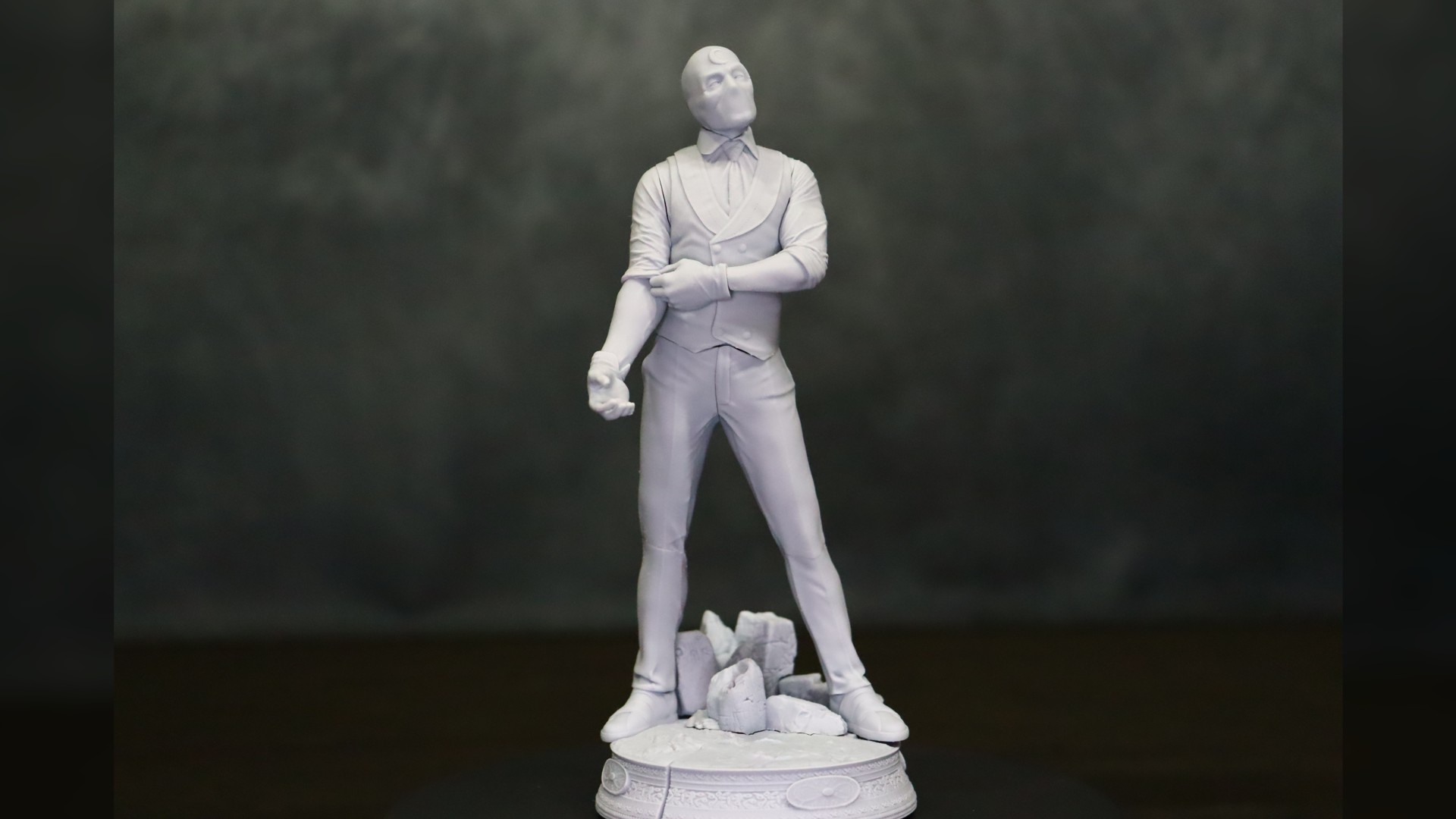
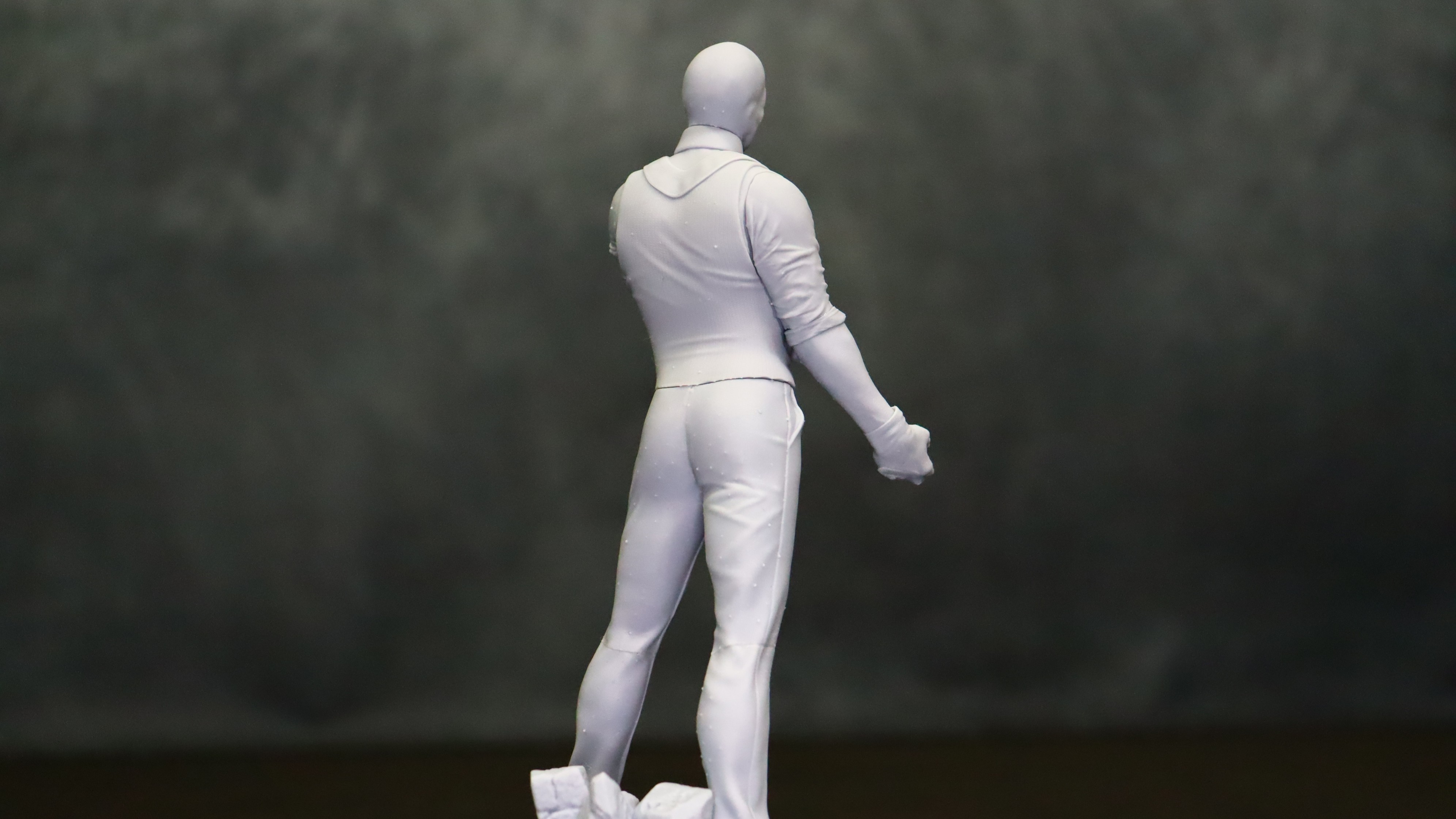
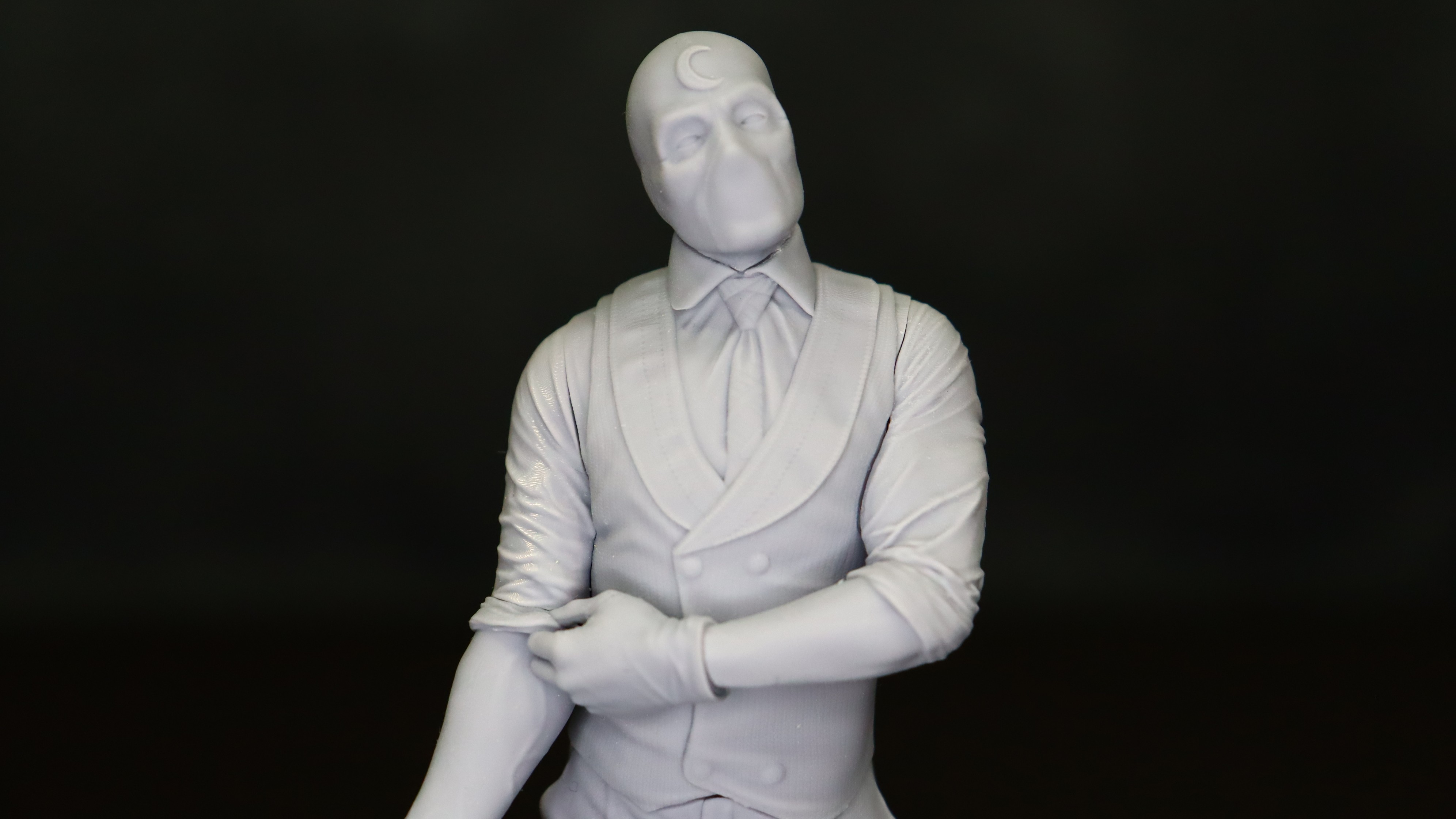
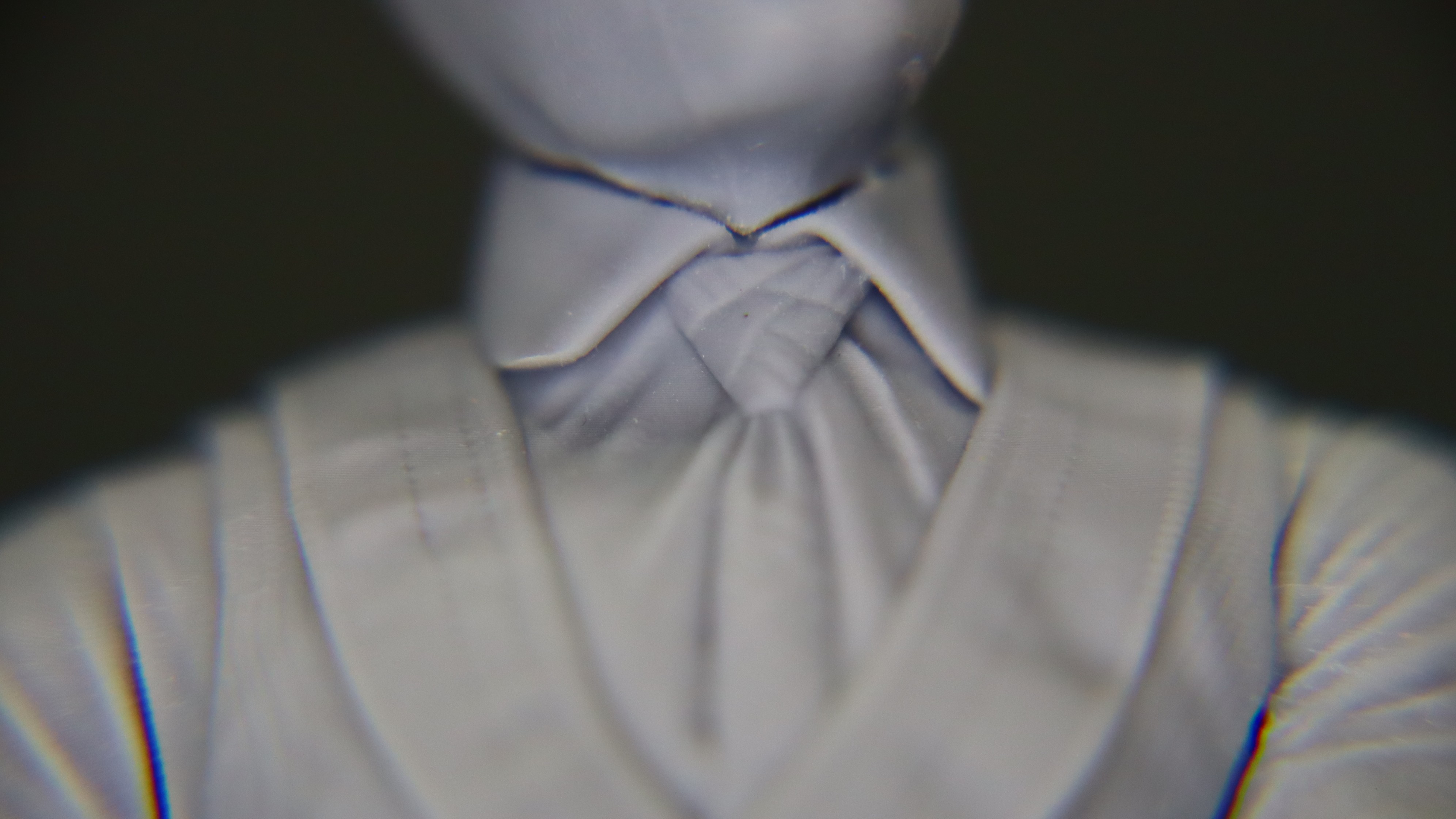
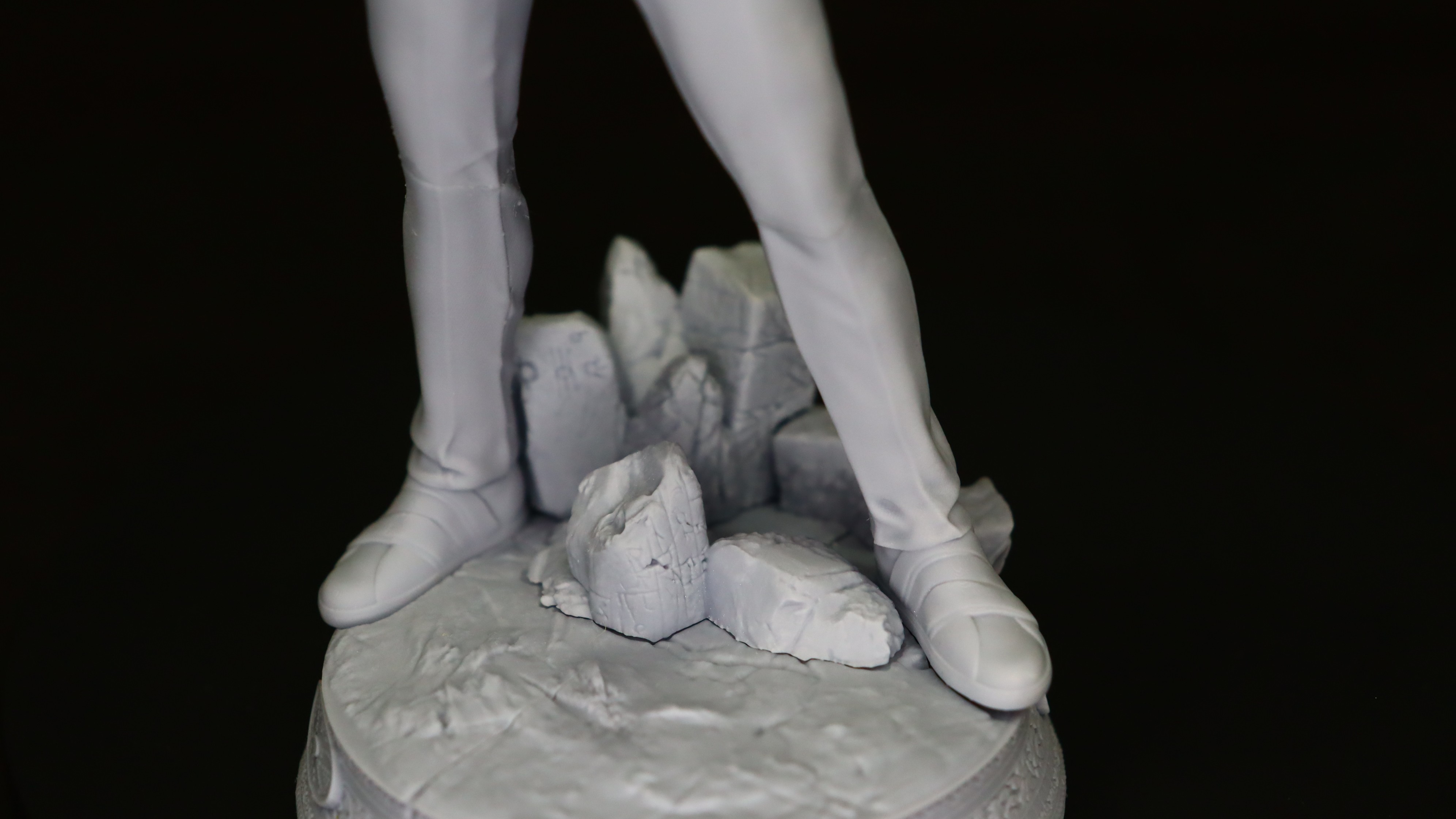
The next print we wanted to try was a one-piece model from Wicked3D. The Ultron Statue is depicted here. We scaled the model down to 15% of its original size. We were concerned that it wouldn't print because of the size of some of the parts. The Photon D2 did not disappoint. The print quality was comparable to the other models we tested. The images are self-explanatory.
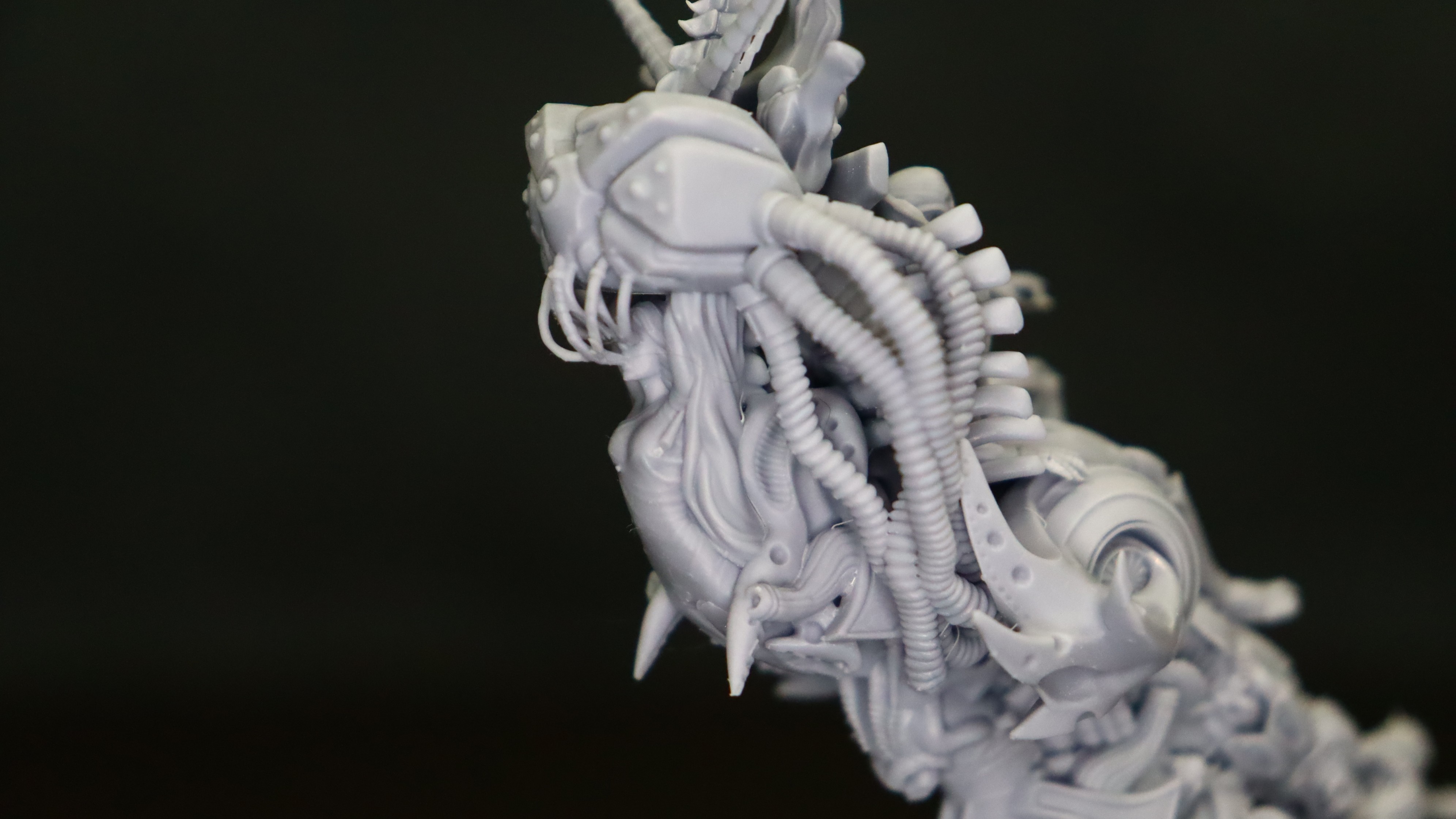
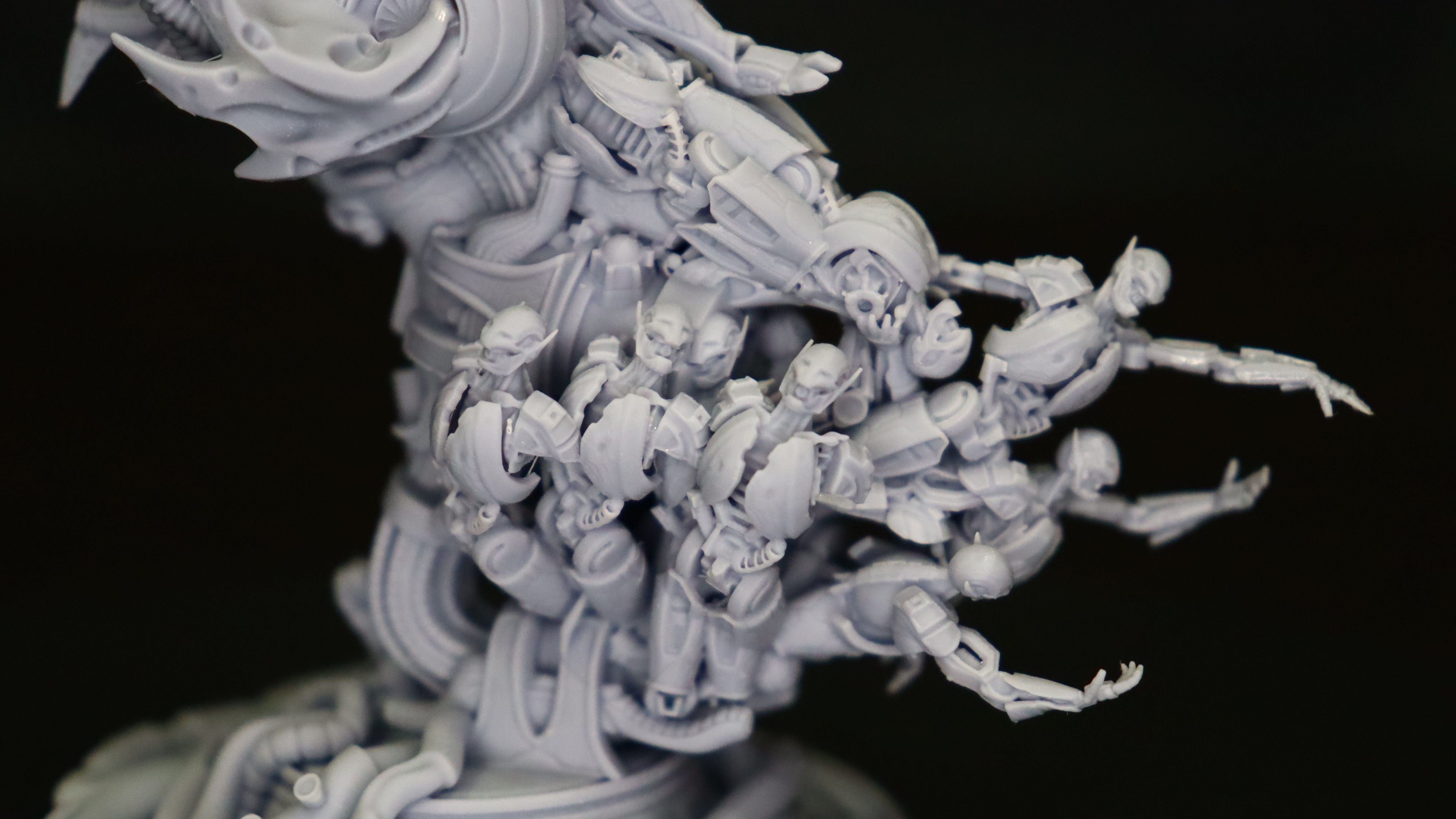
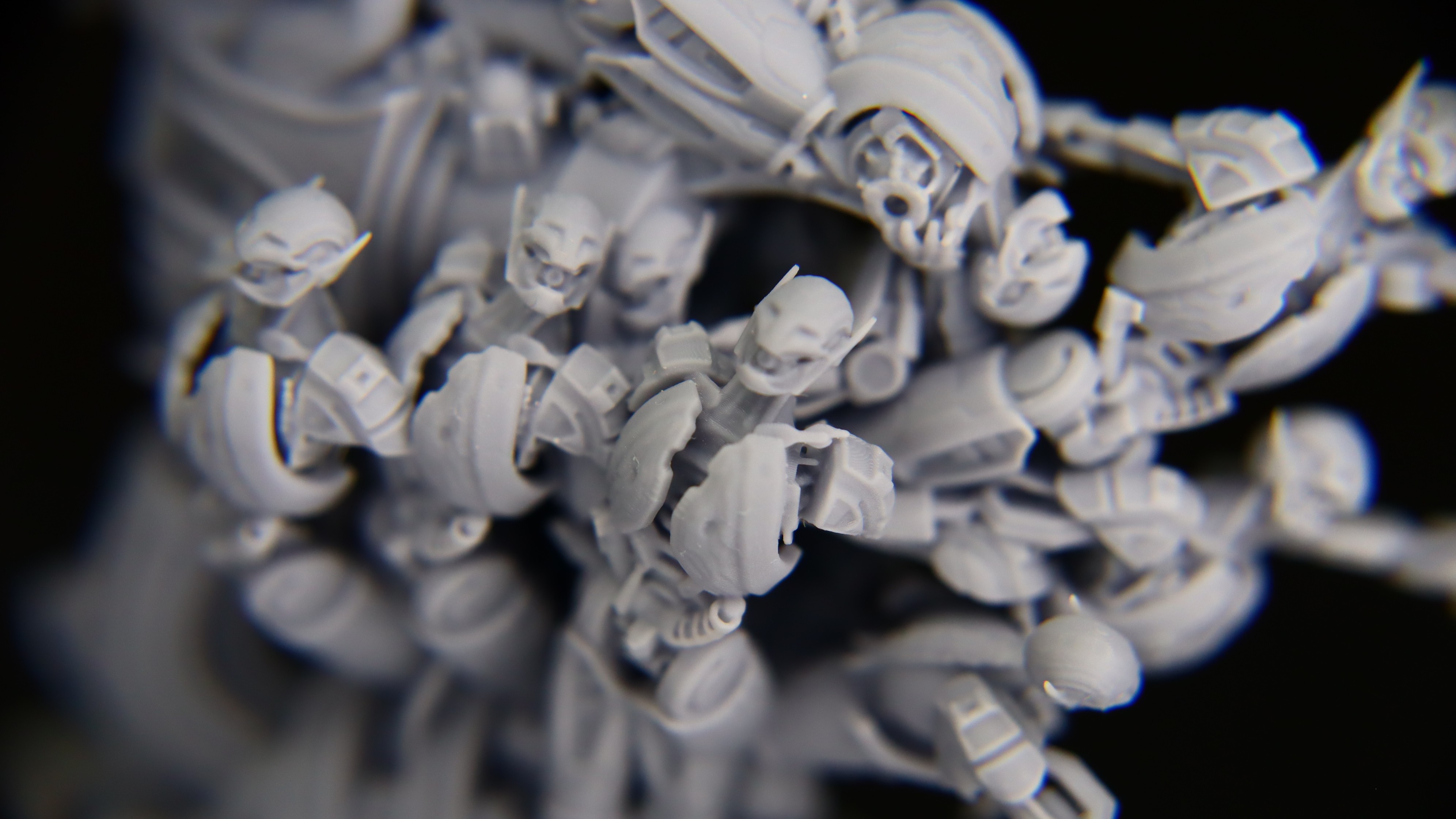
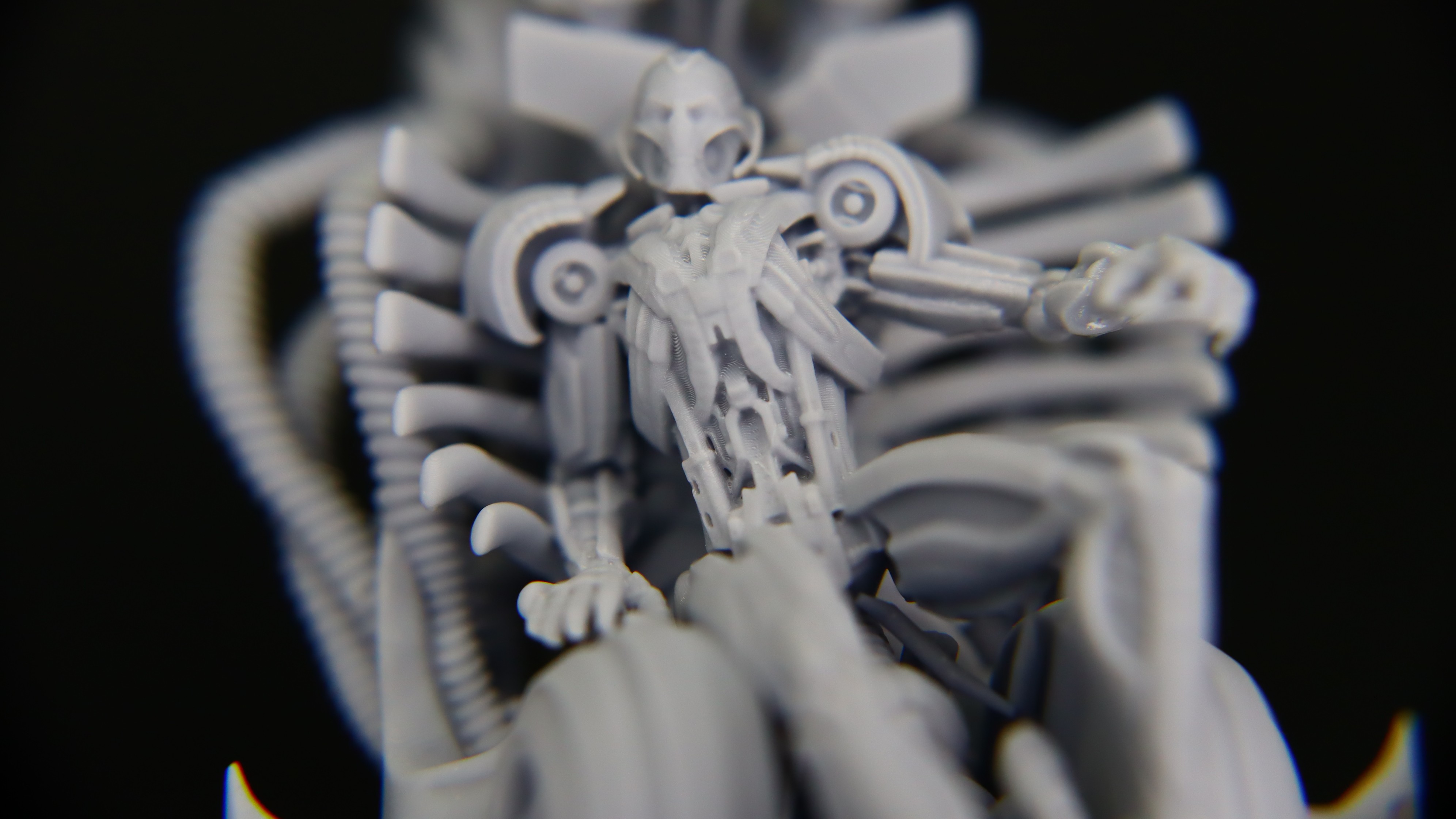
Finally, we created a trio of Hex3d skulls. We reduced the size of these models by 20%. The three skulls are covered in ornate details and were an excellent choice for demonstrating the capabilities of the new second generation DLP. All three skulls are printed flawlessly, and the level of detail is exceptional, as with the other models.
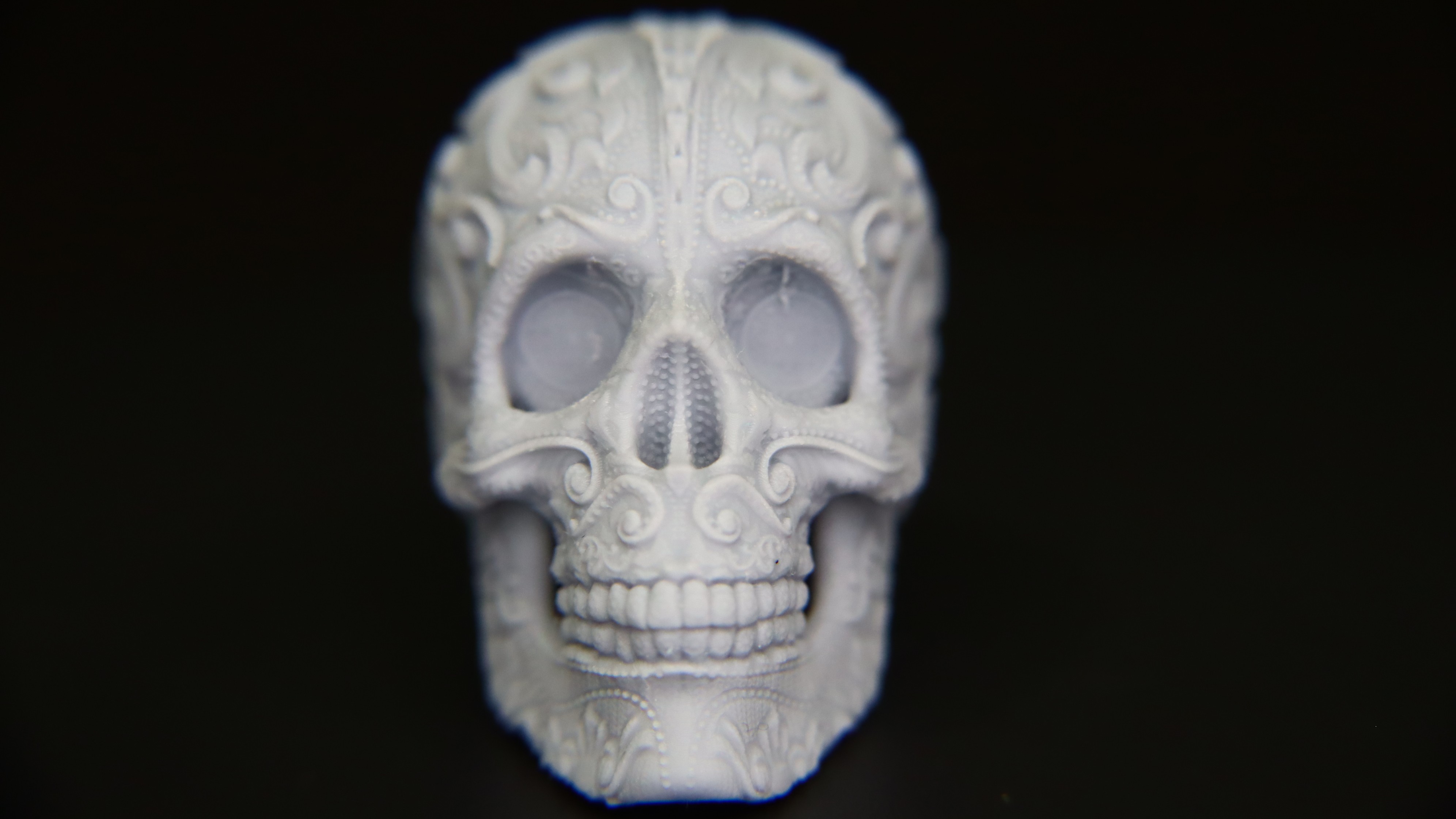
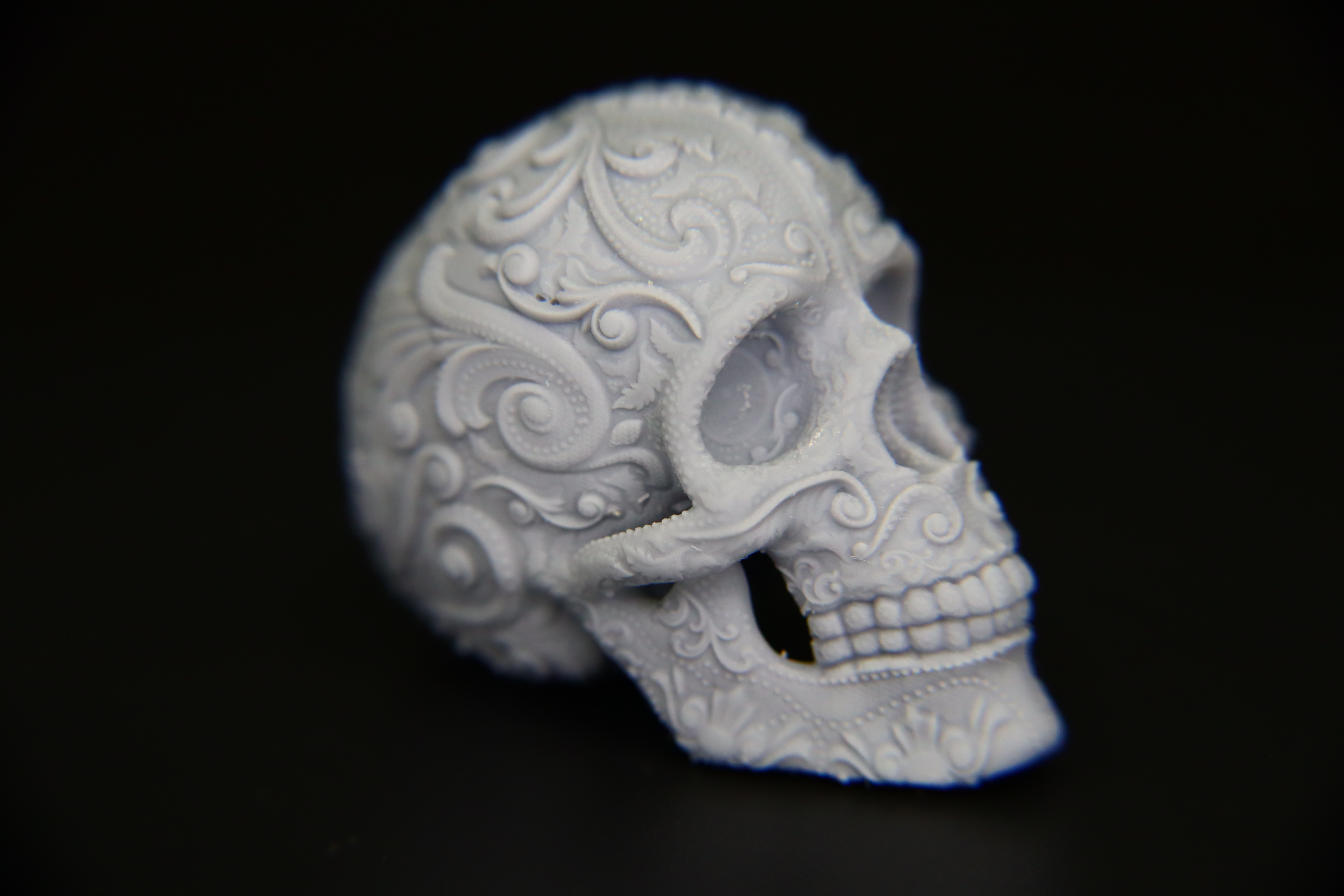
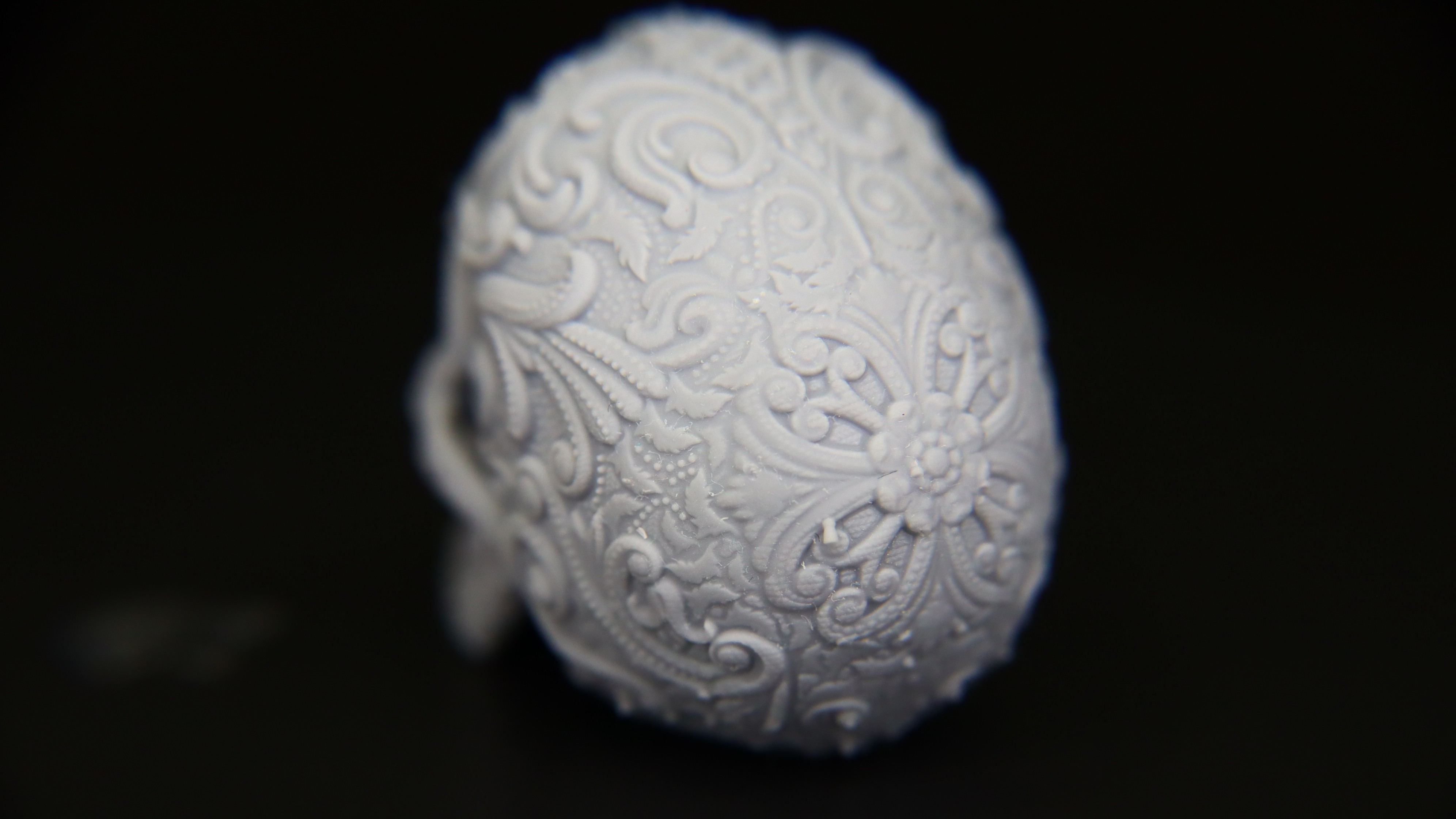
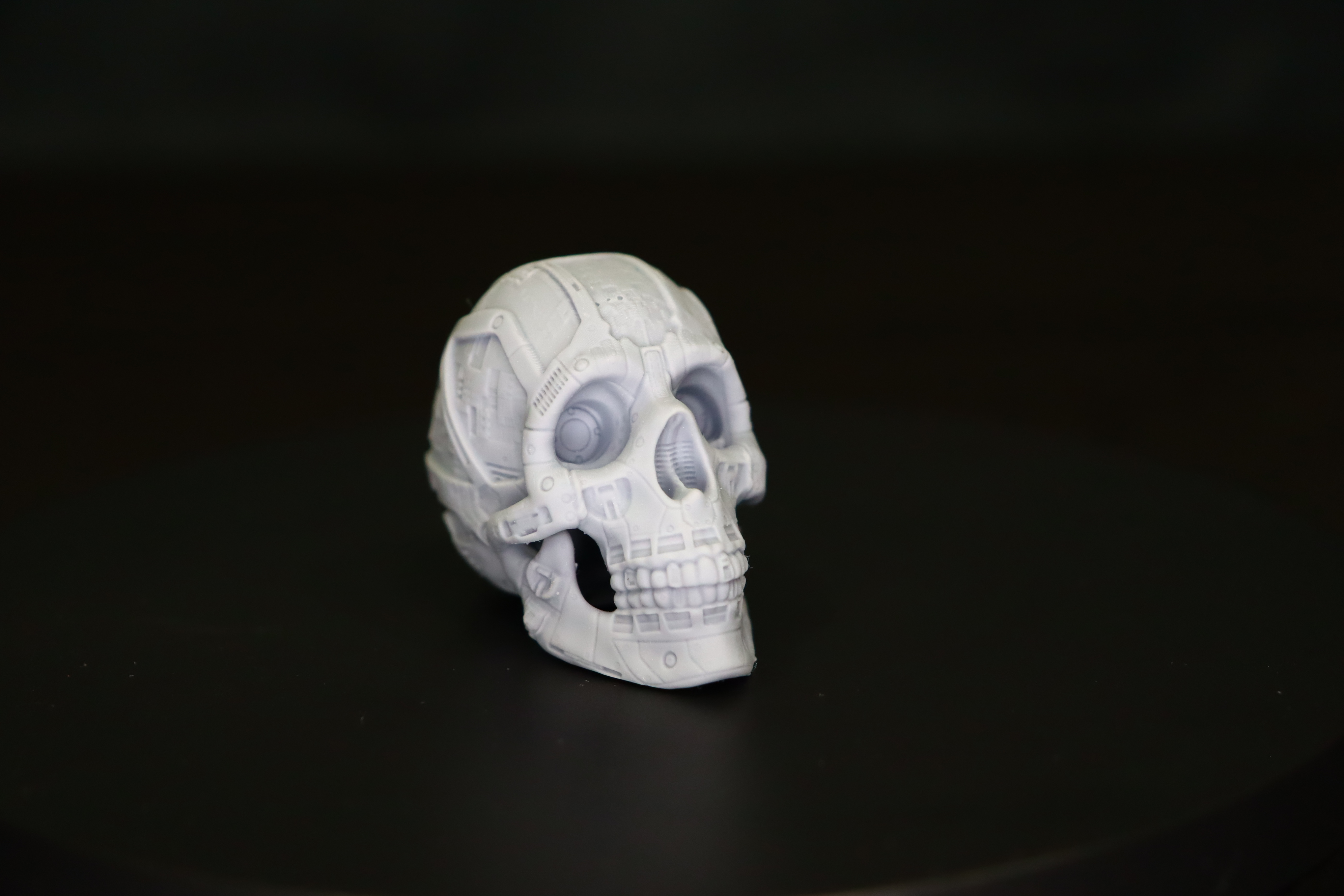
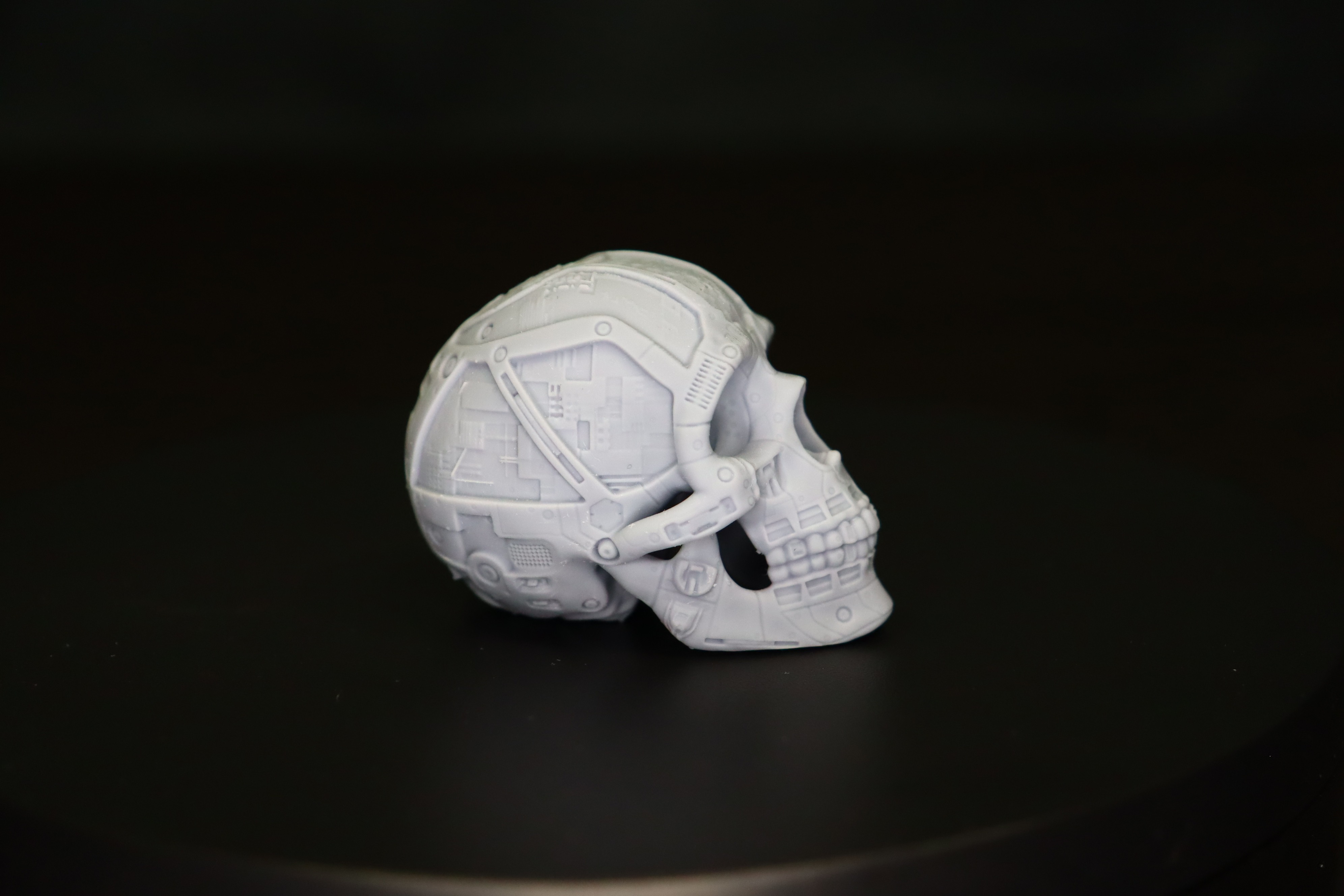
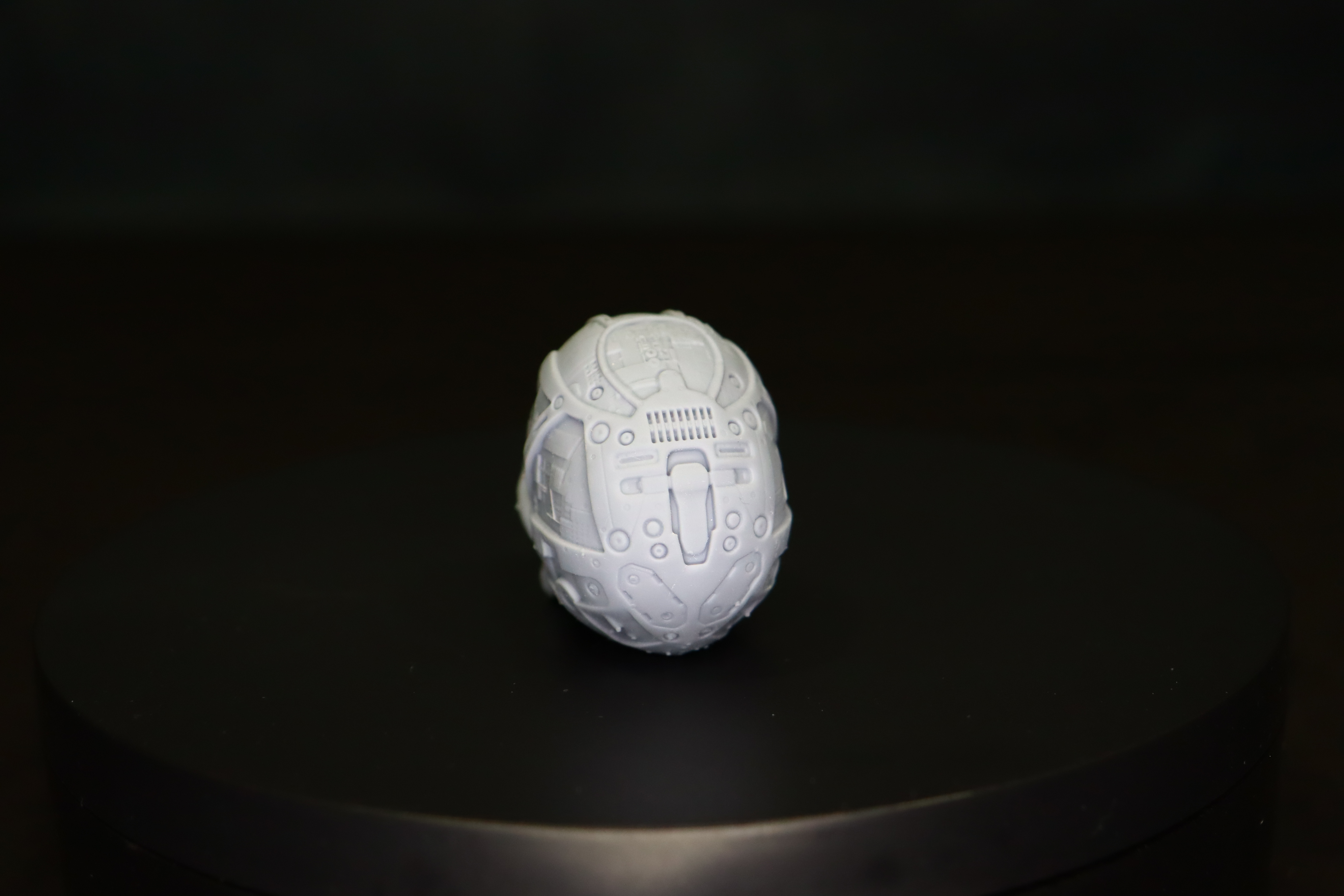
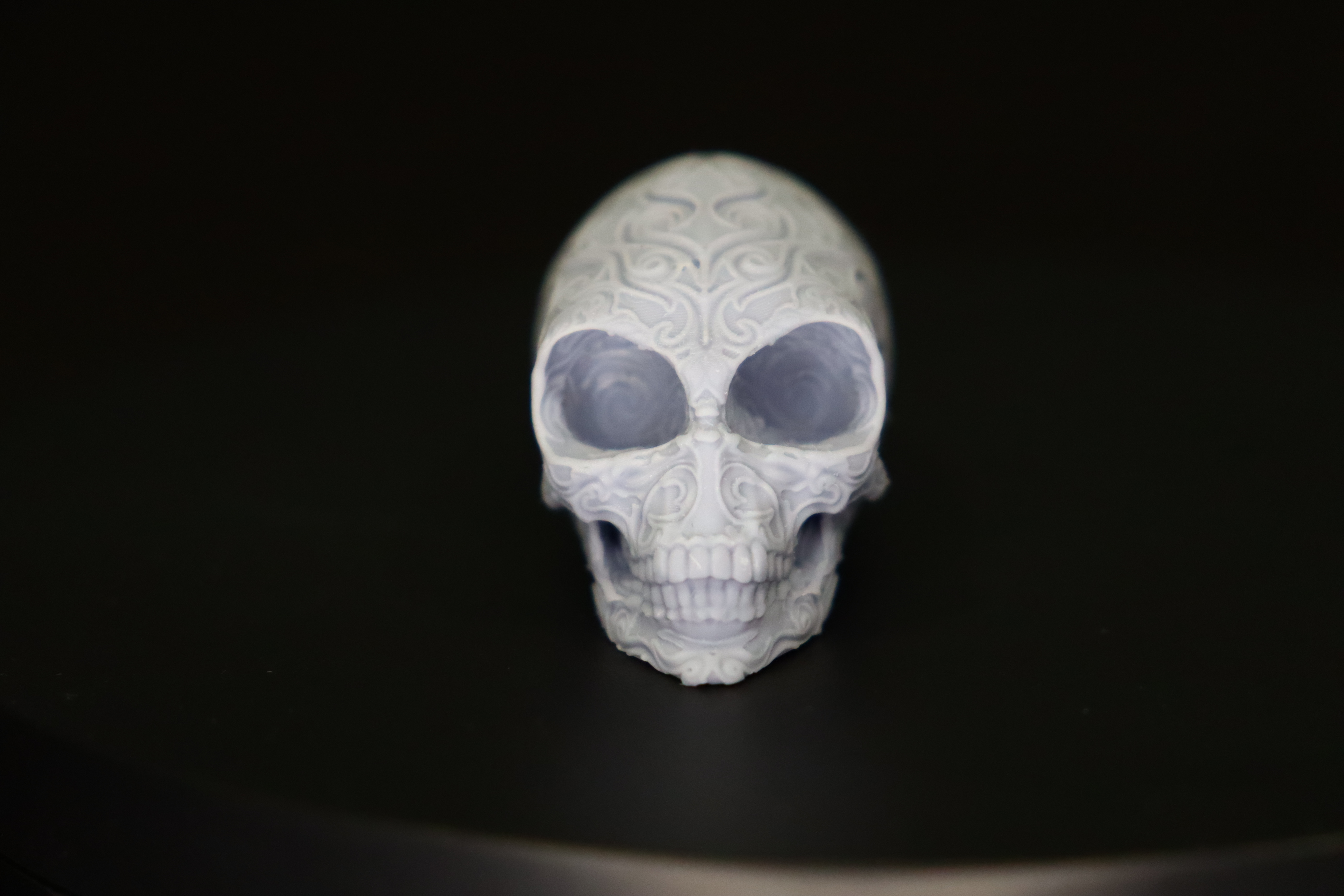
Anycubic Photon D2: Price & warranty
The Anycubic Photon D2 has an MSRP of $679.99 and can be purchased either directly from Anycubic, or via Amazon. That's reasonably expensive for a printer of this size, but you're paying a premium for the DLP technology which, when you look at the results above, is a fair compromise.
As with all Anycubic 3D printers, you get a one-year warranty. This typically covers all parts other than the LCD screen which would get a three-month warranty - since the D2 doesn't have an LCD screen though, we're not sure what the warranty period for the DLP projector is. We've reached out to Anycubic for clarification and will update this review when we receive a response.
Should you buy the Anycubic Photon D2?
During our time with the new Photon D2, we had no problems with any of the printing processes. We used the Photon Workshop slicer's recommended exposure times and lift speeds. The print quality is incredible, and whether you're a professional maker creating small ornate jewelry pieces or miniatures for tabletop gaming, the Photon D2 is an excellent choice. The Photon D2 is an excellent choice for any printing needs that require sharp, clean, crisp details, even for hobbyists.
Anycubic Photon D2: $679 at Anycubic
Get the latest DLP printer from Anycubic direct from their website. At time of writing, you can use code PAYPAL to get an extra $20 off sitewide on orders over $100+ when you pay via PayPal Pay
Join our Space Forums to keep talking space on the latest missions, night sky and more! And if you have a news tip, correction or comment, let us know at: community@space.com.
Will is a freelance writer from Canada and 3D printing guru. If you need to know anything about 3D printing, slicing software, or 3d modelling, he's your guy. As a result, you'll find him reviewing the latest 3d printers for Space.com, as well as offering handy tips and buying advice for newcomers to the field.
